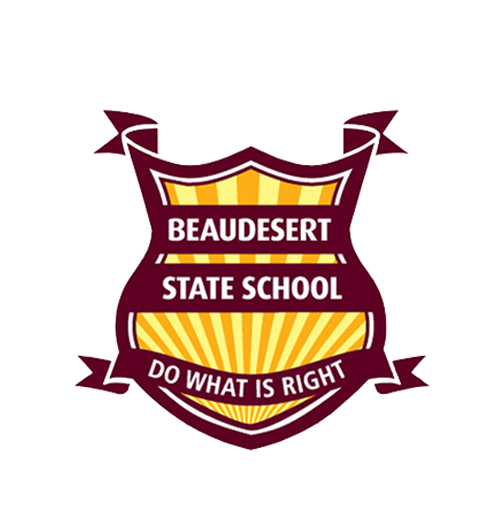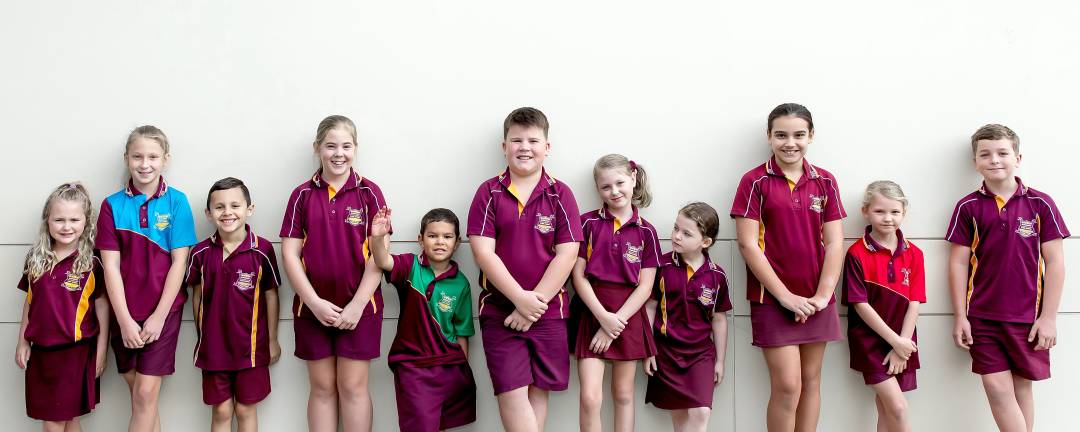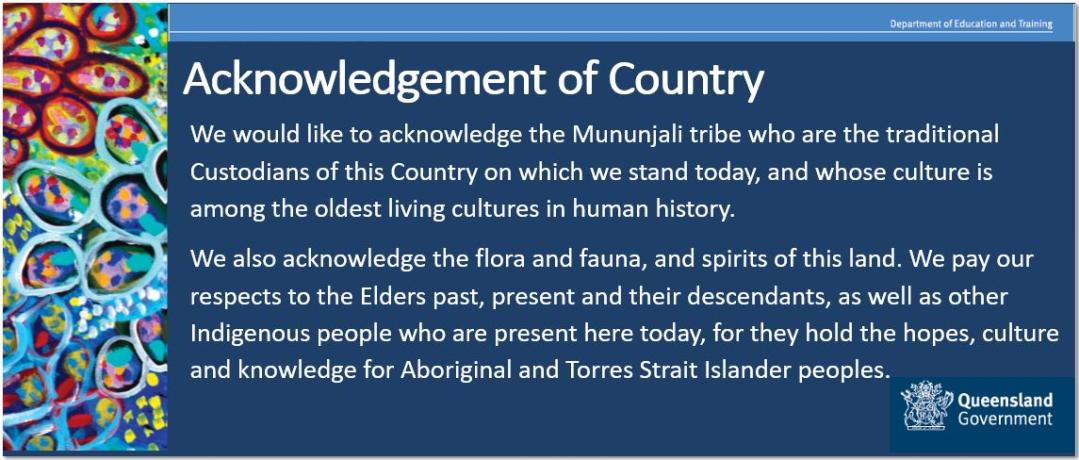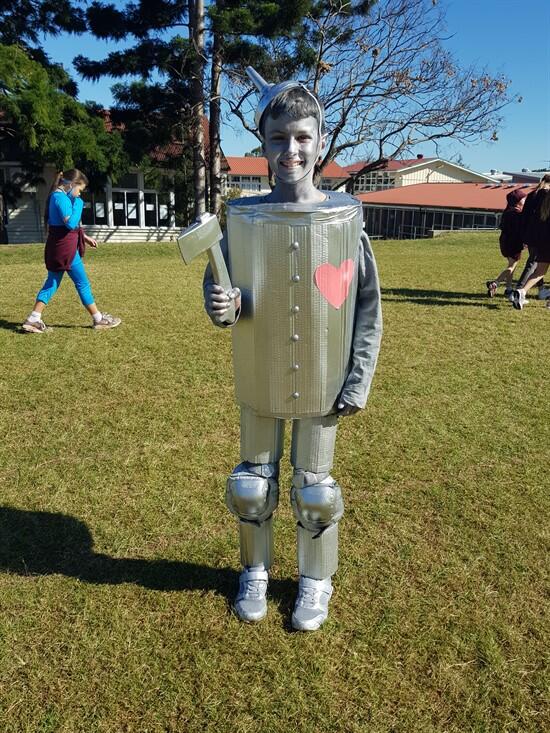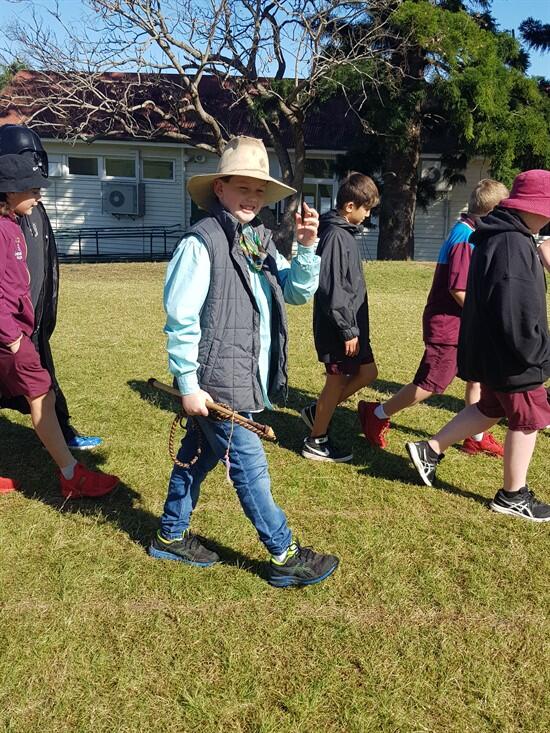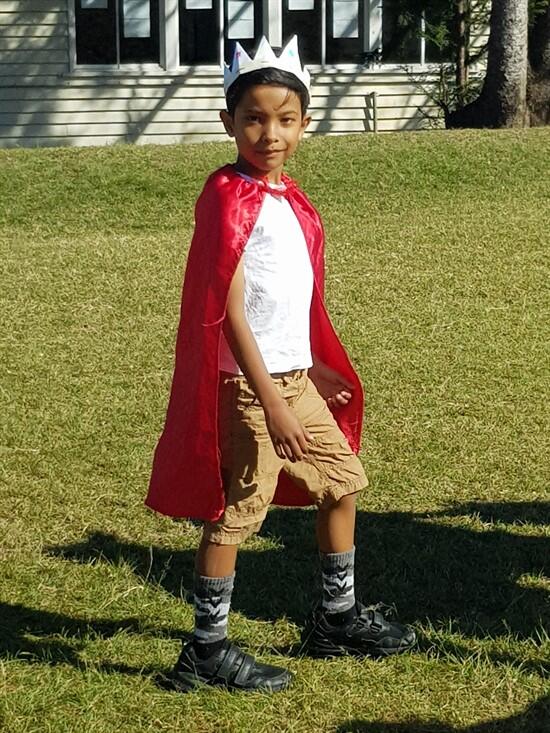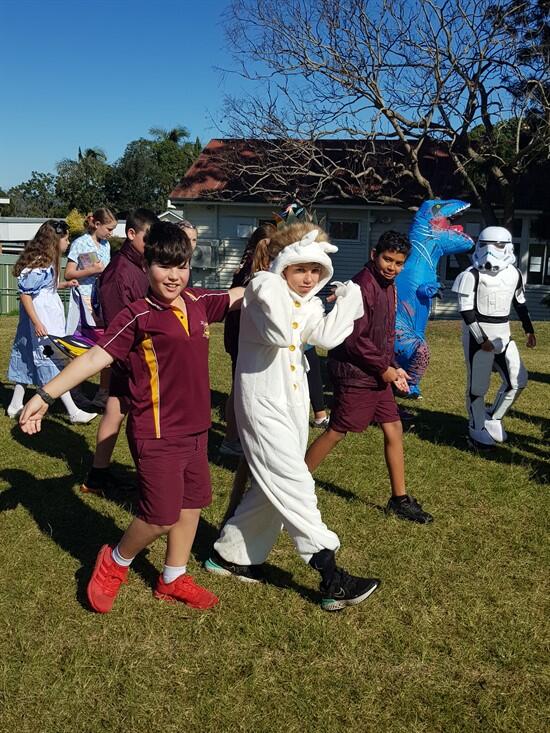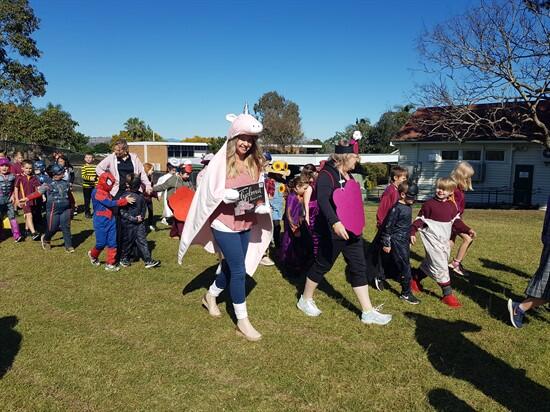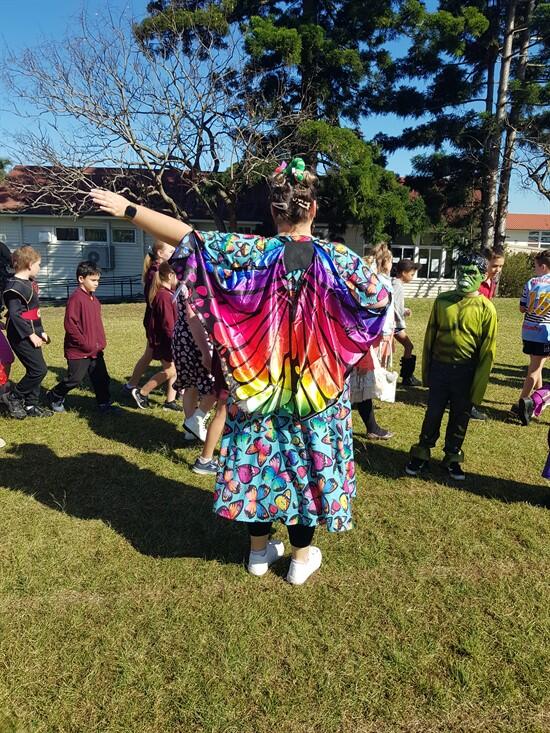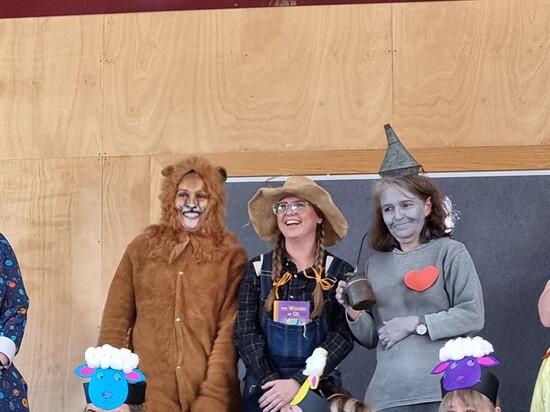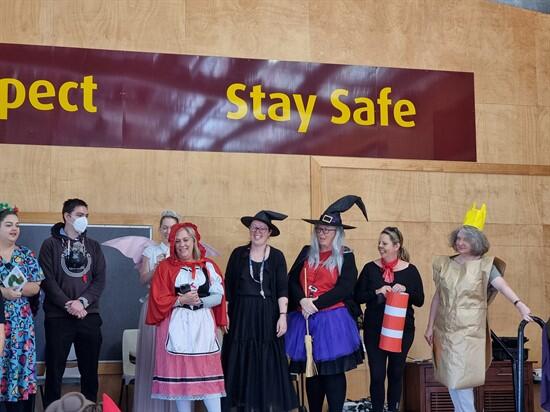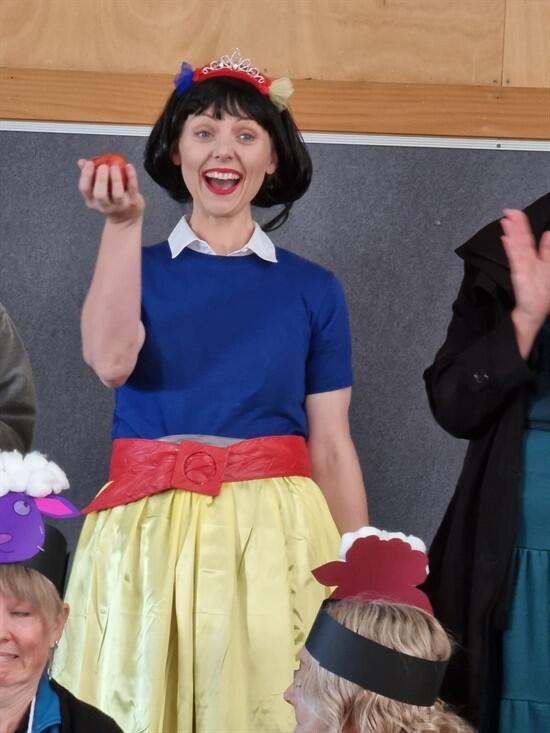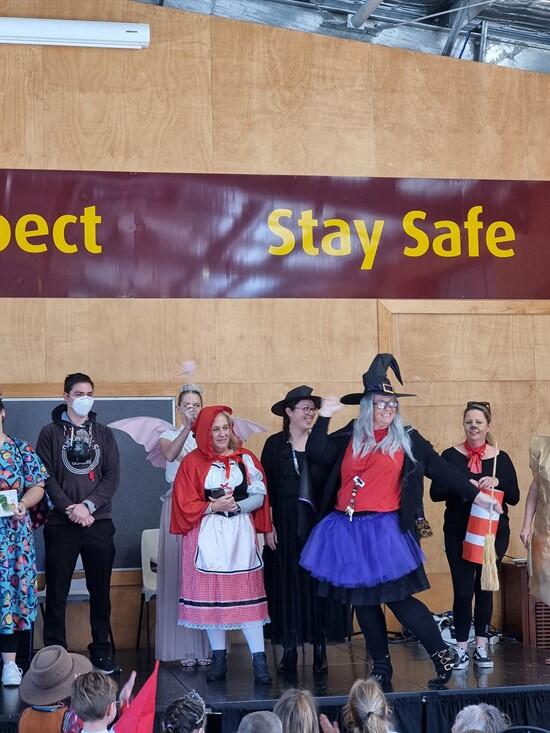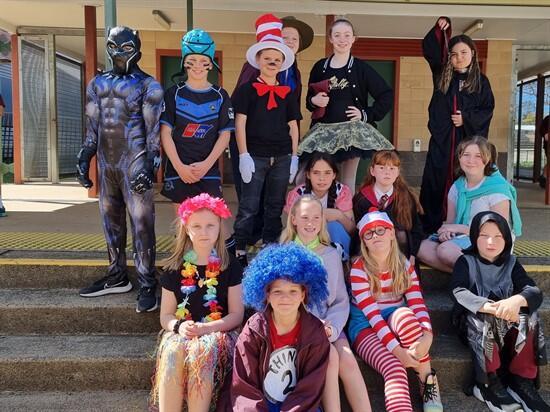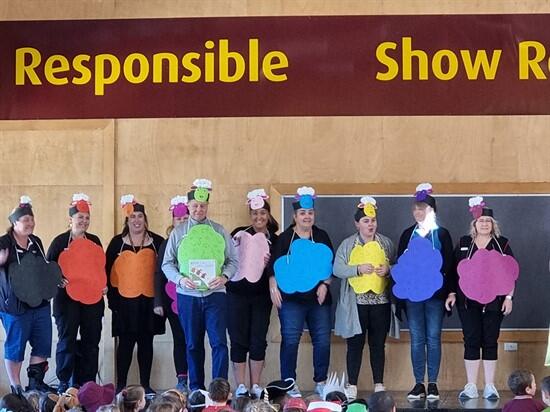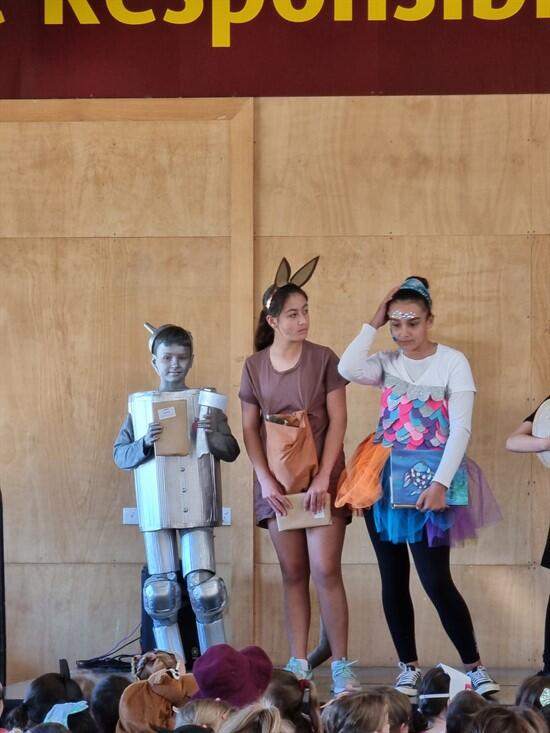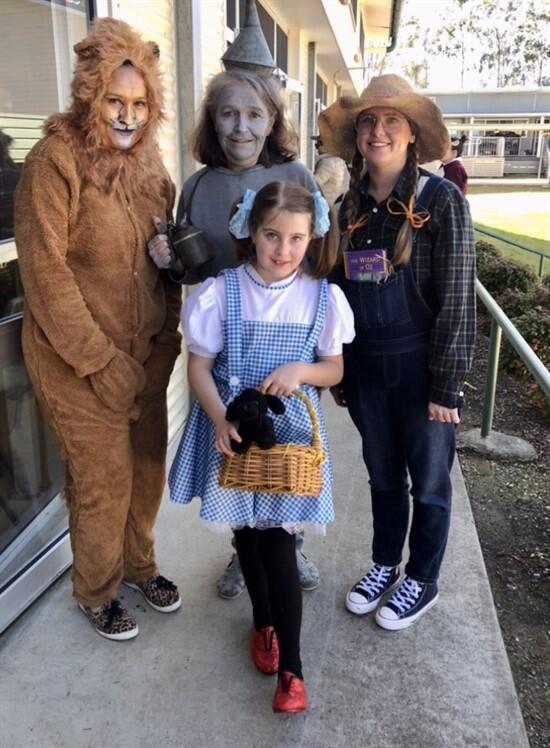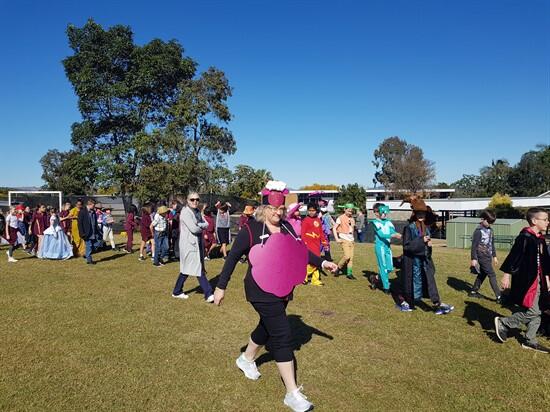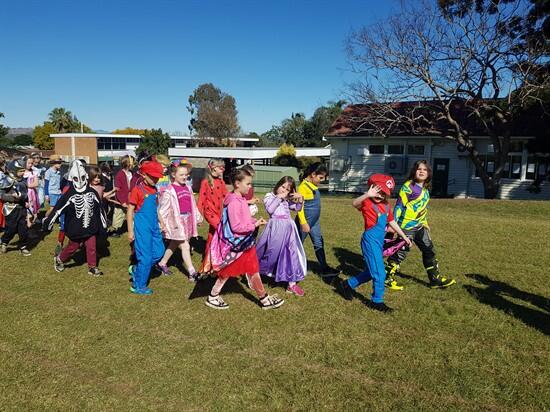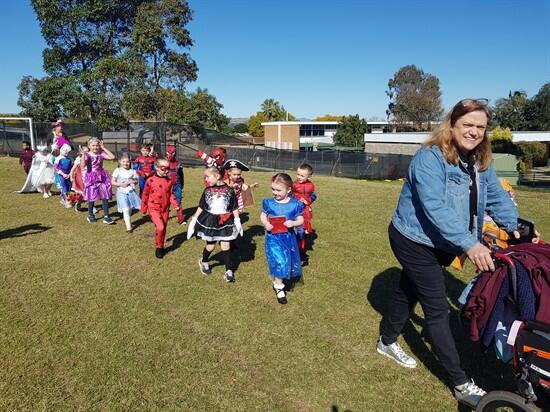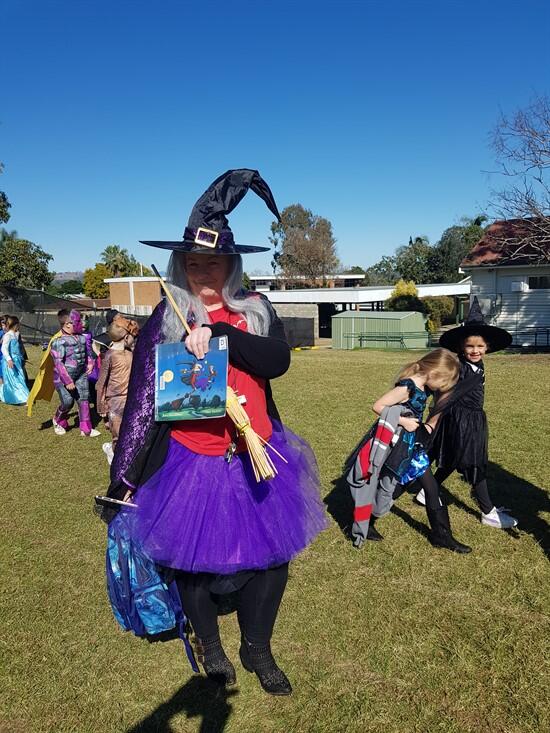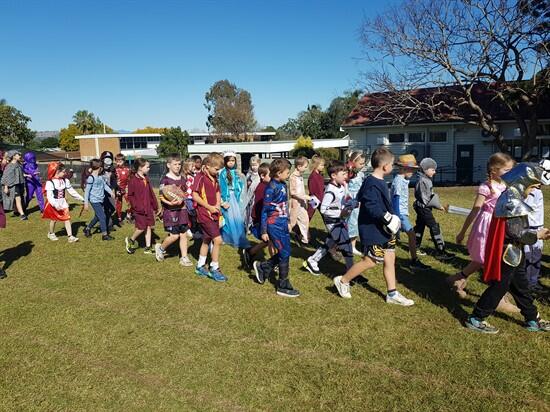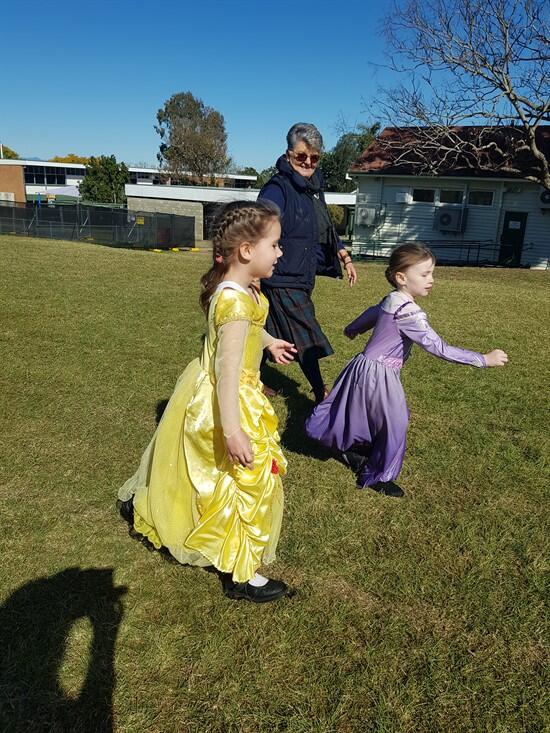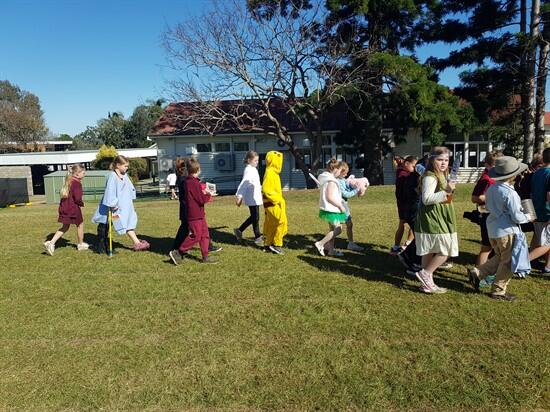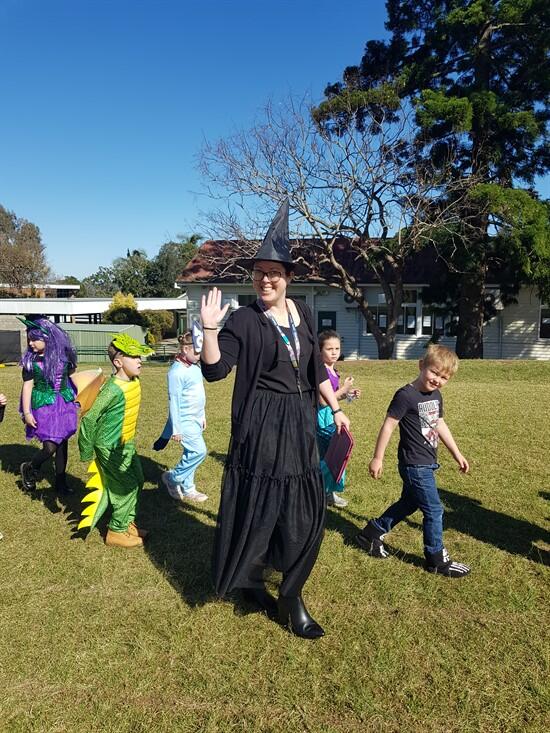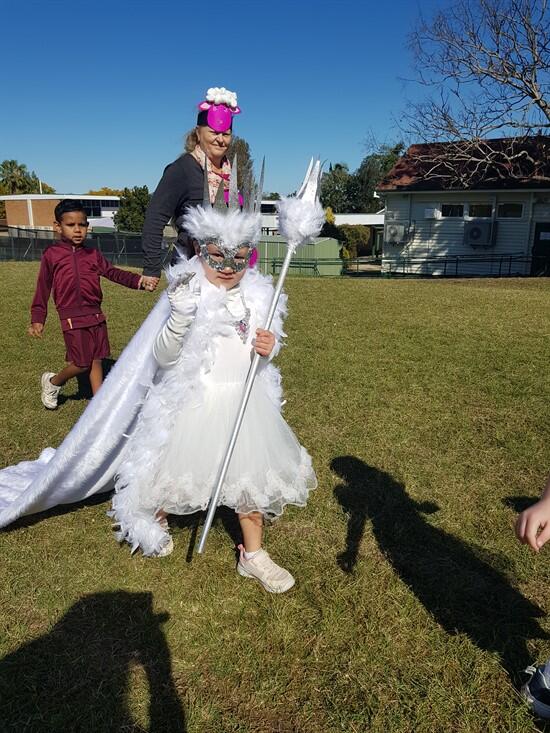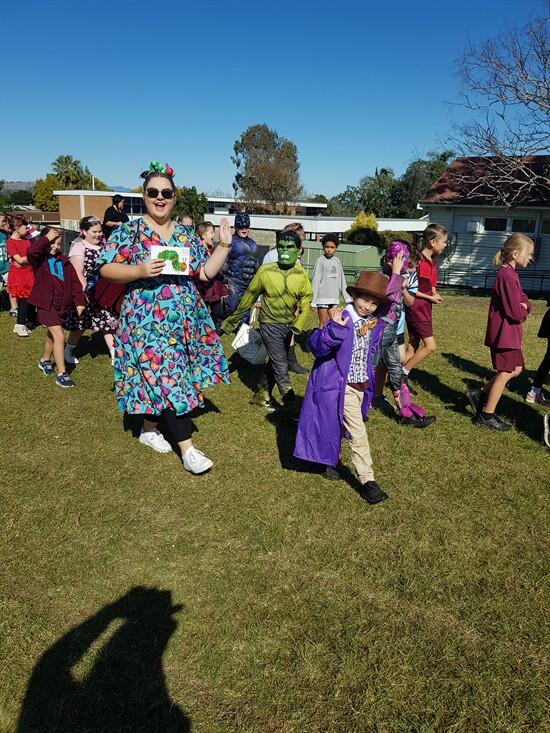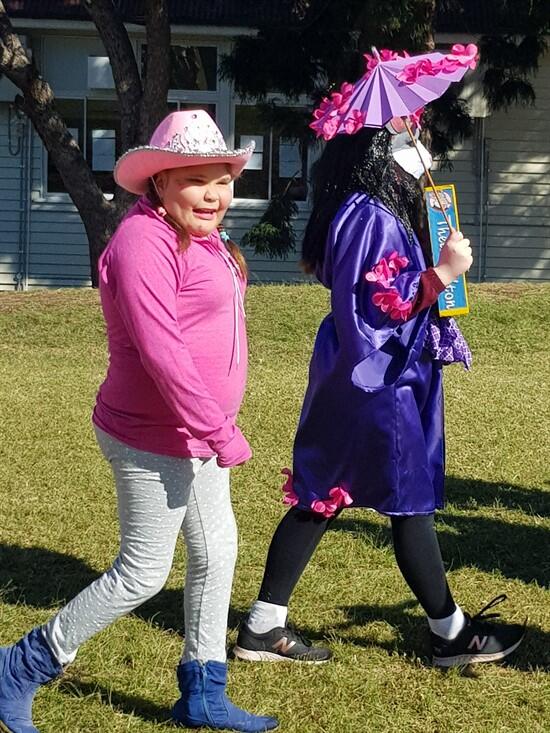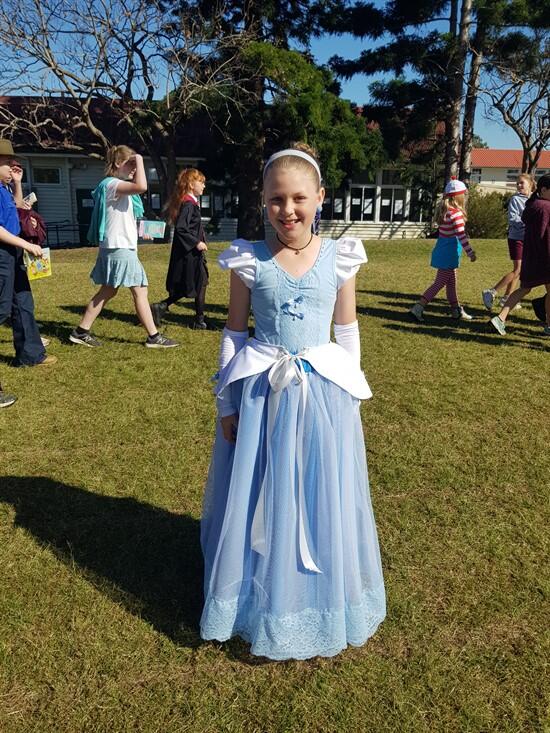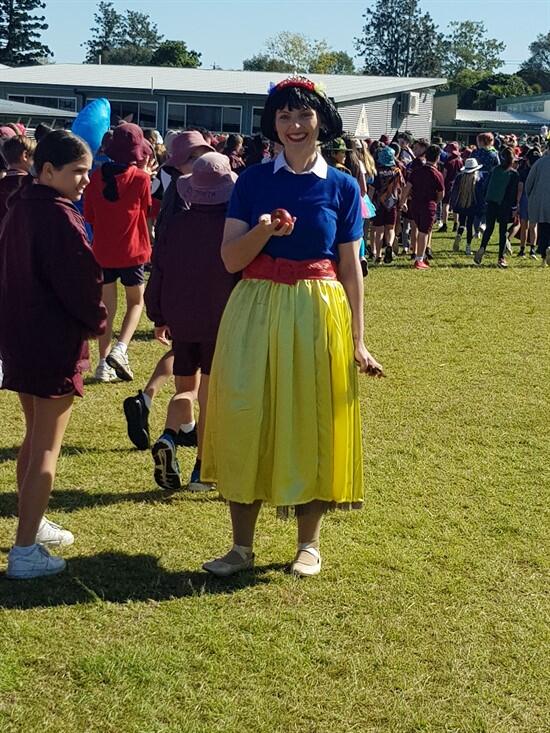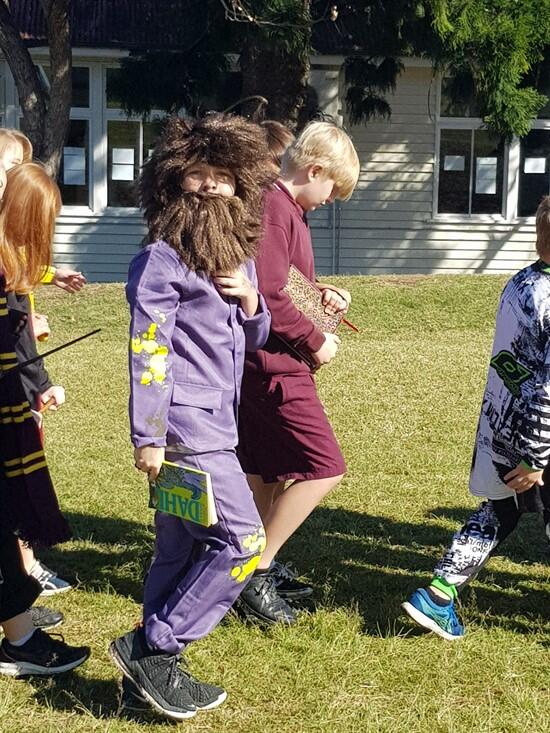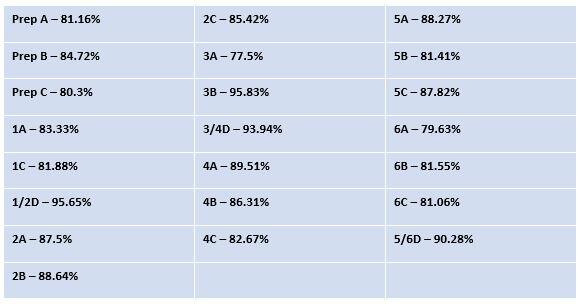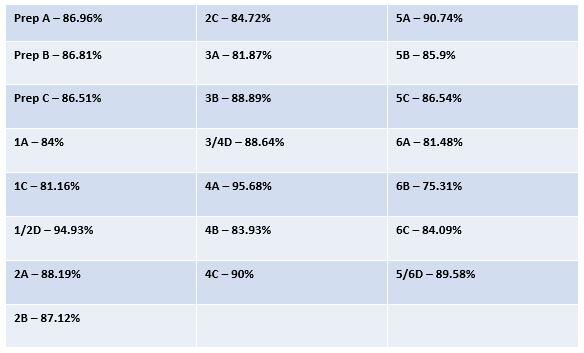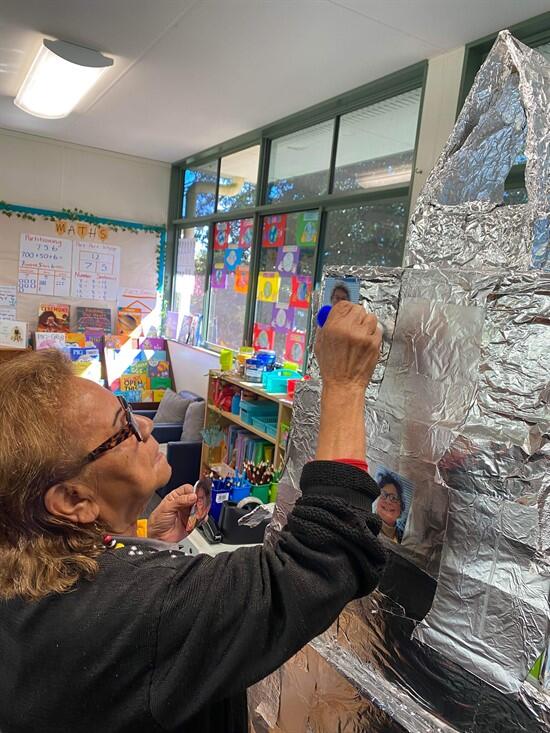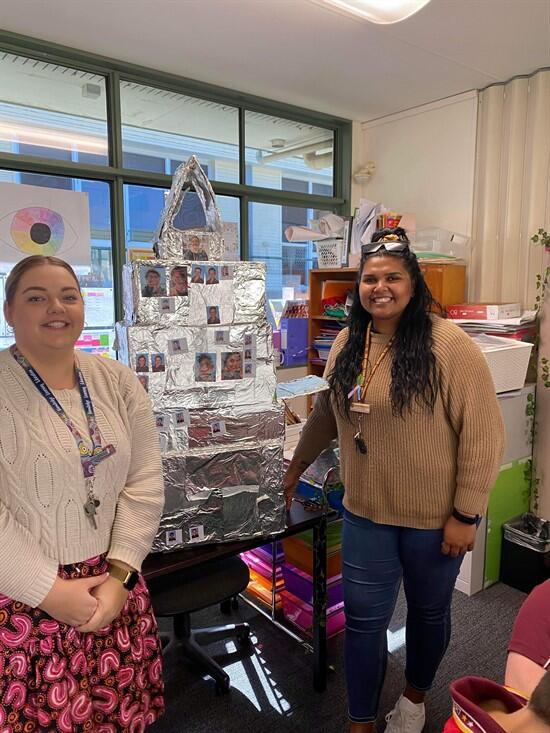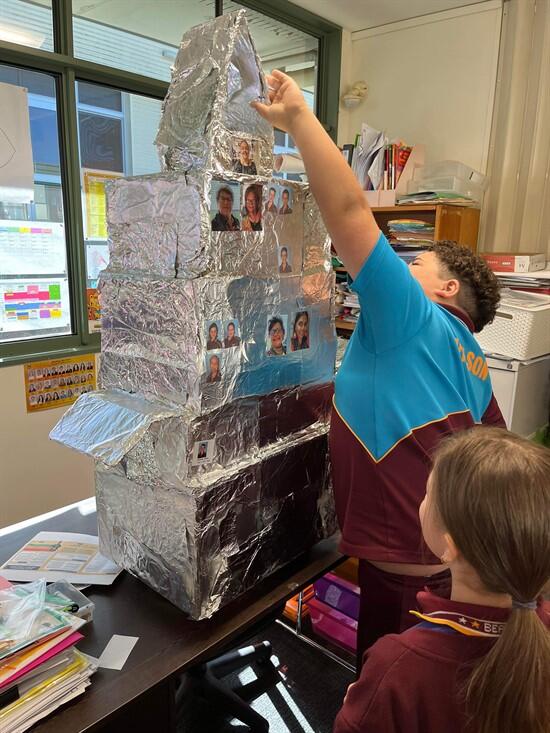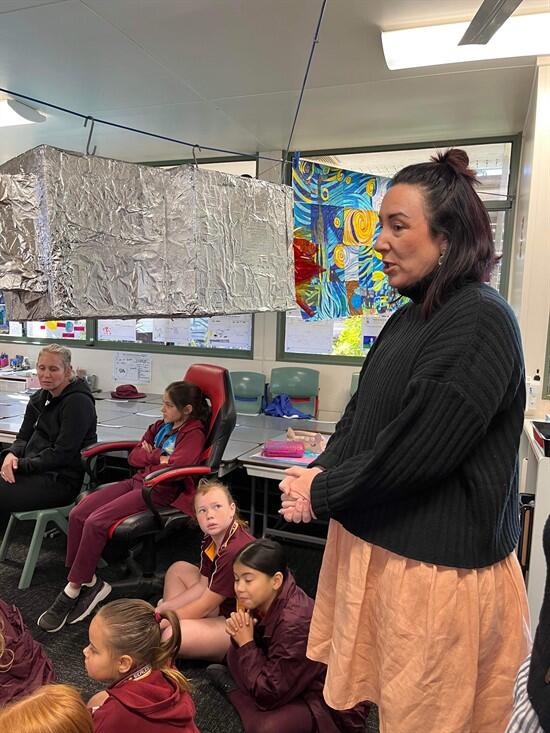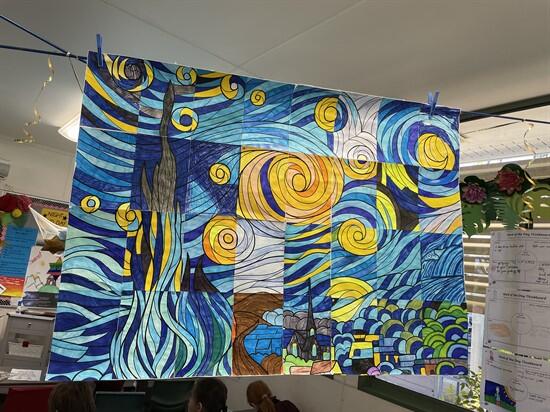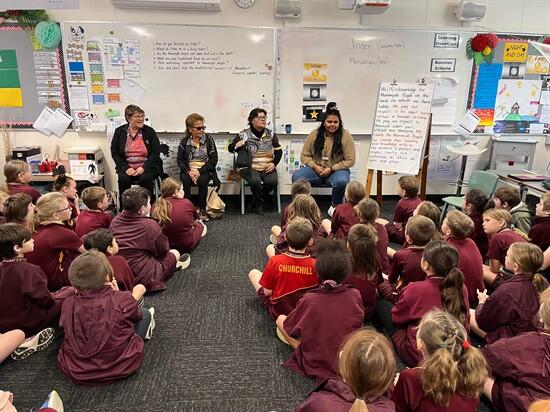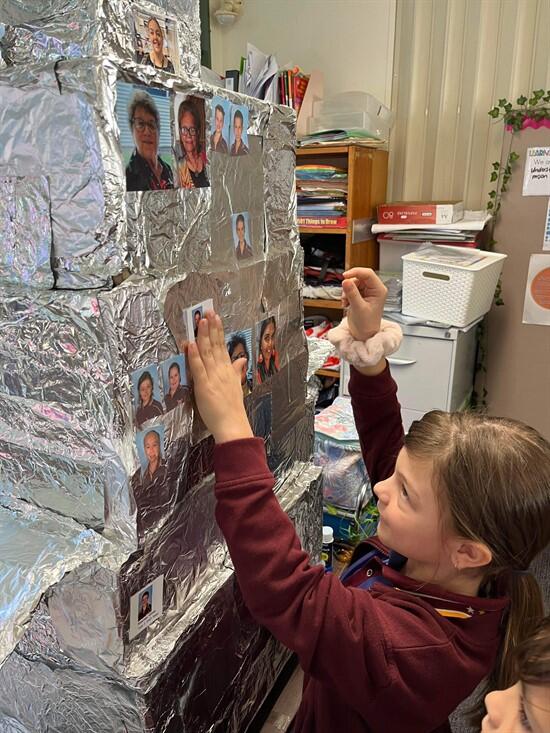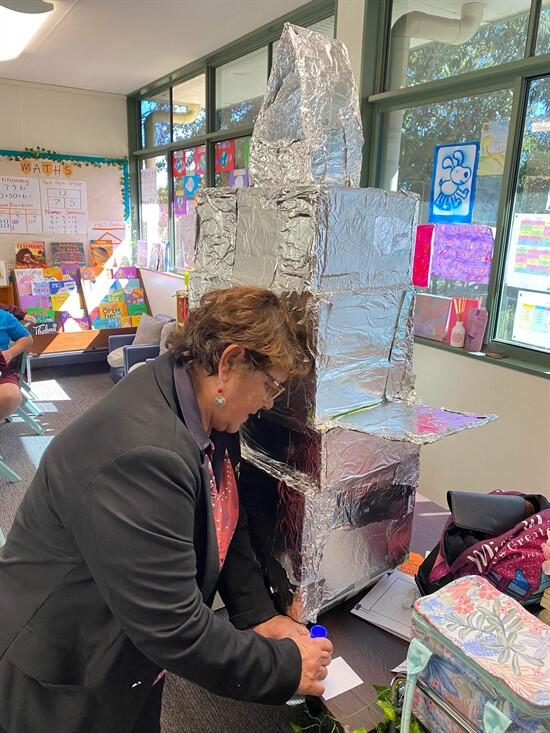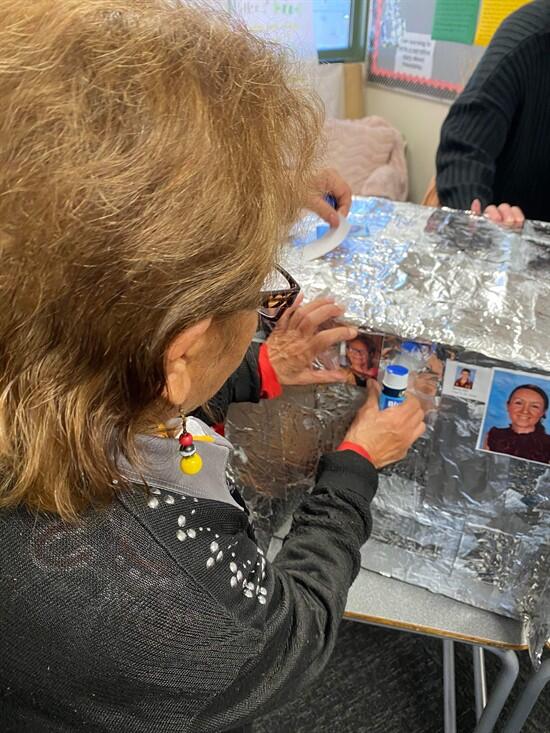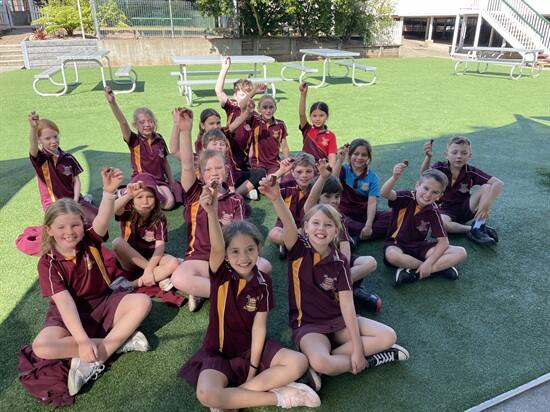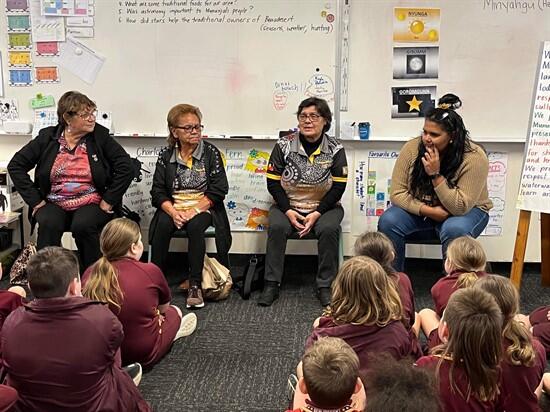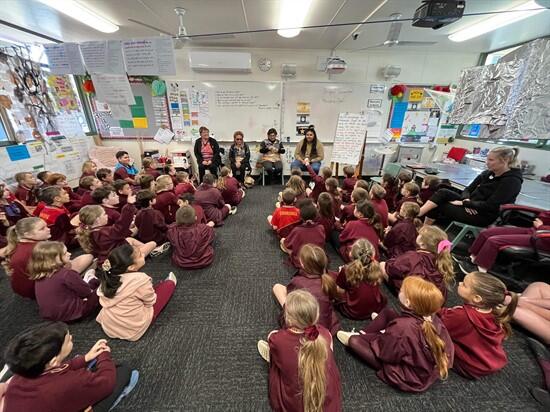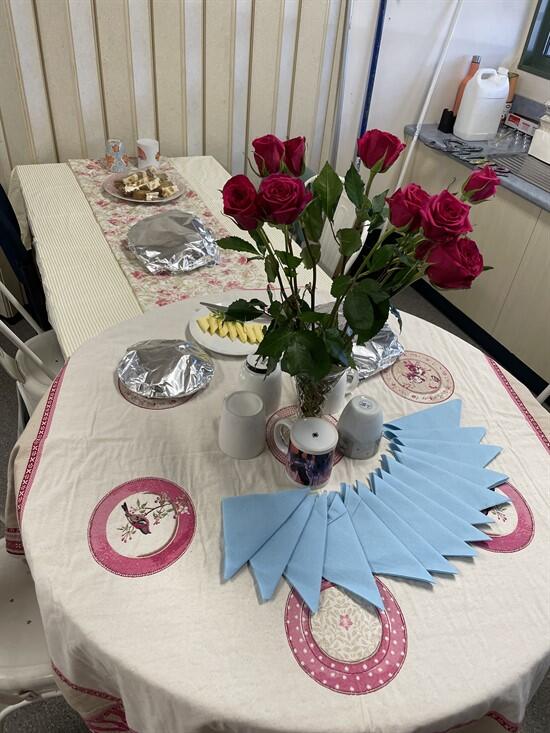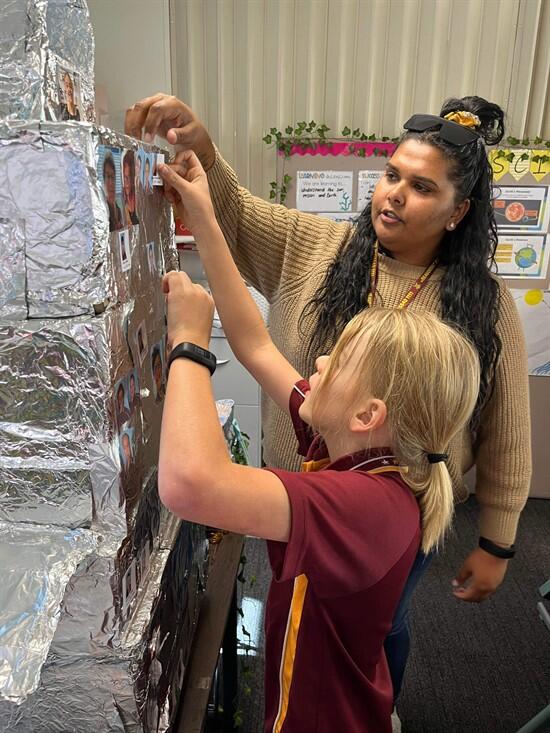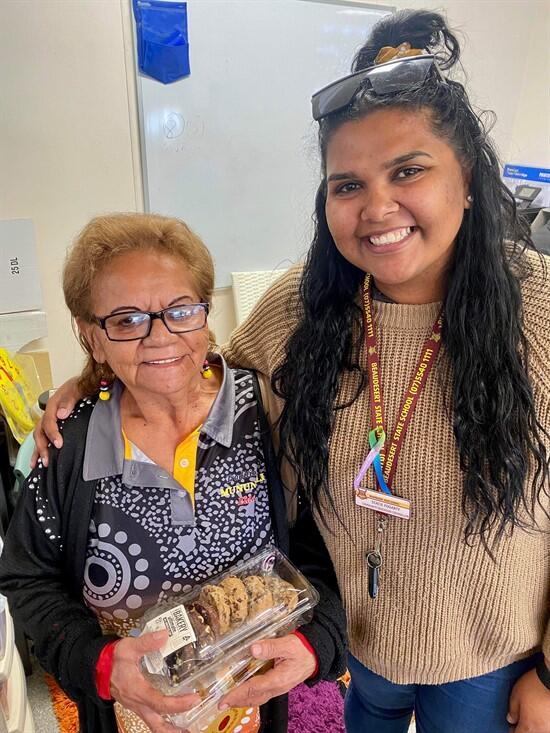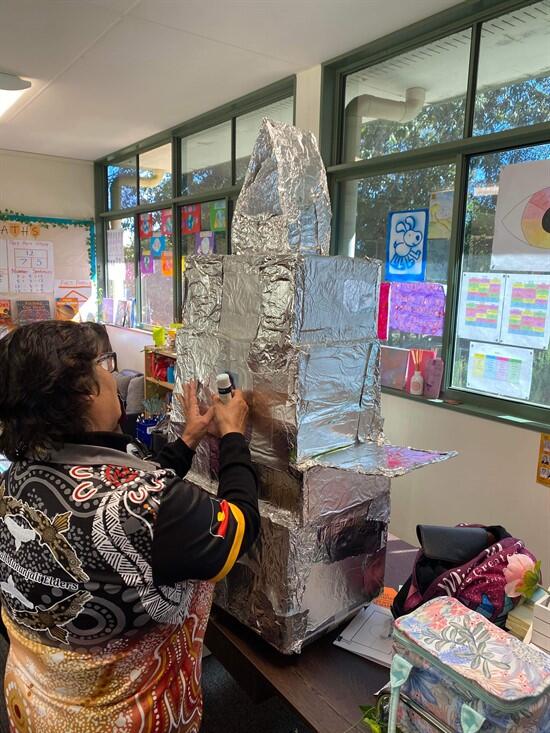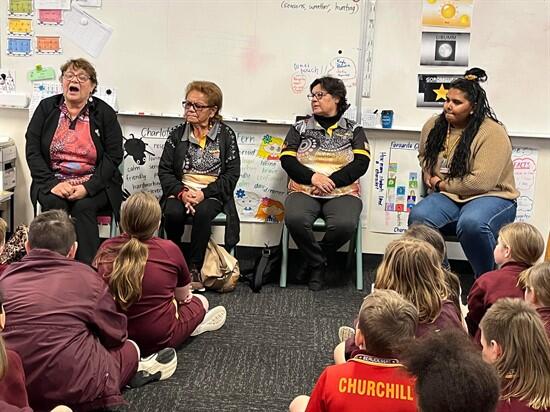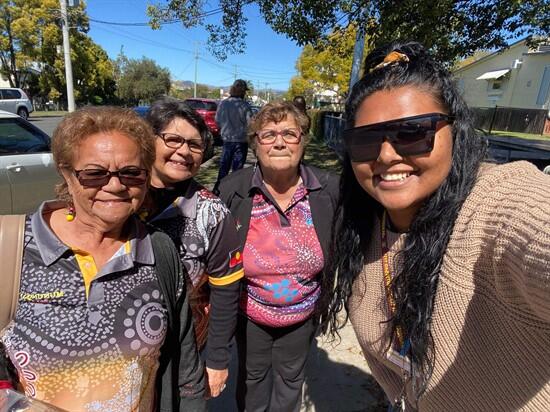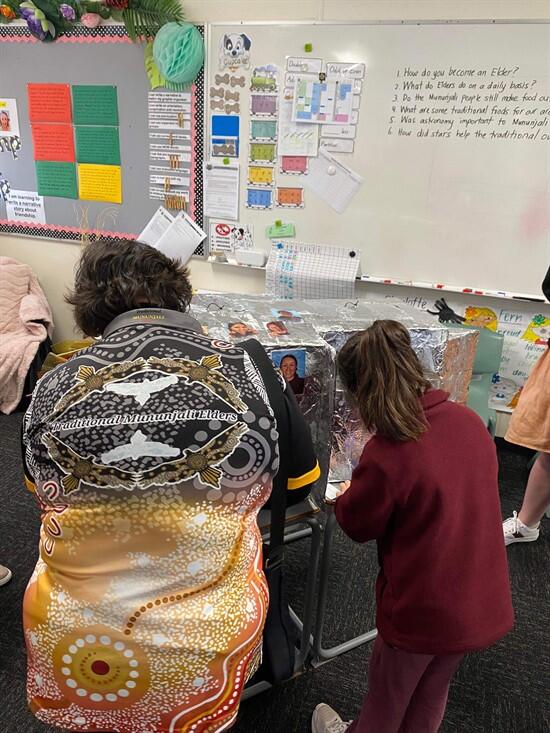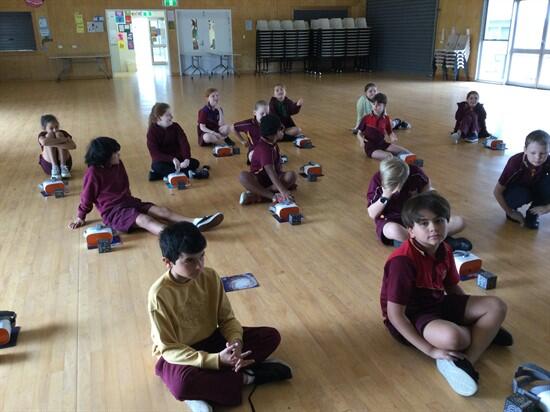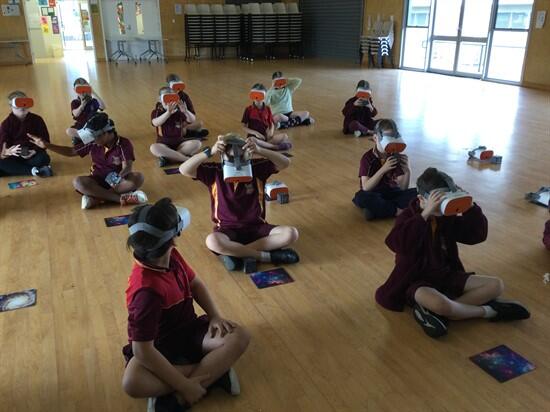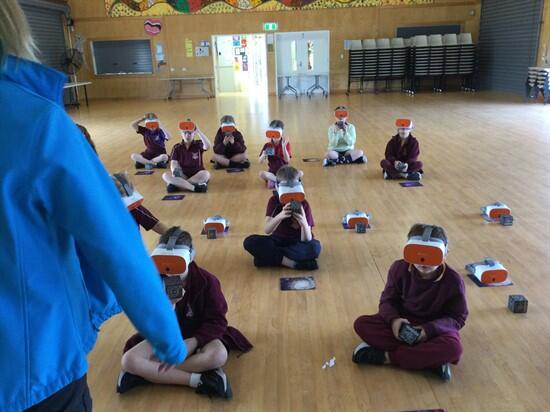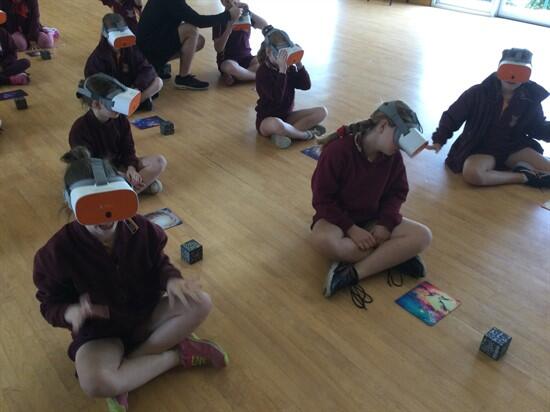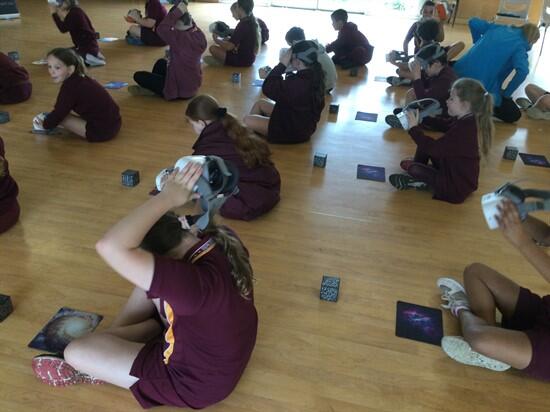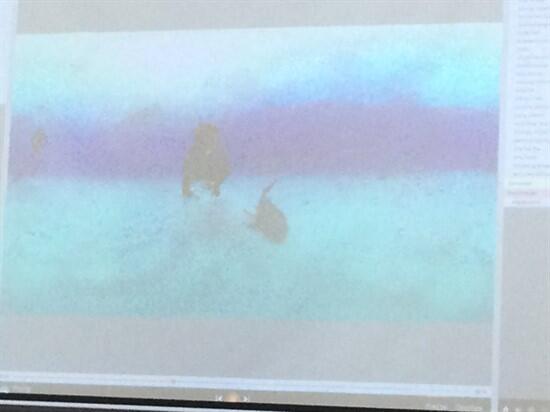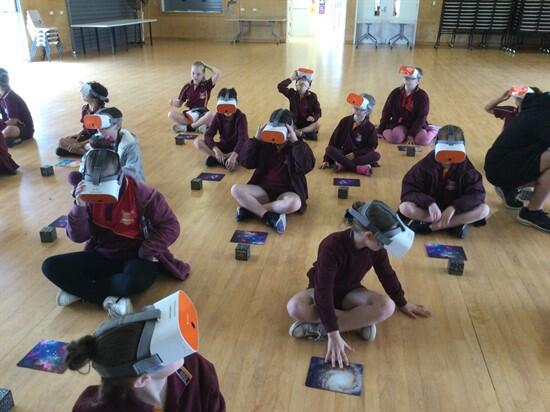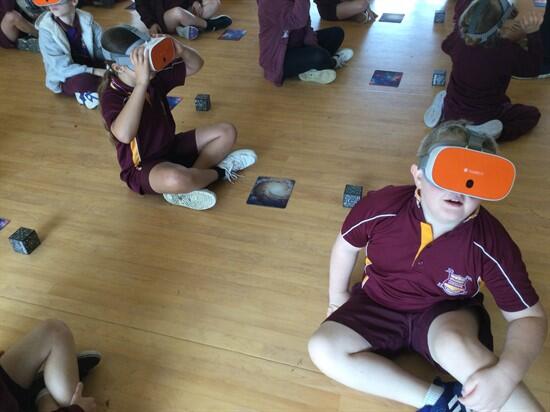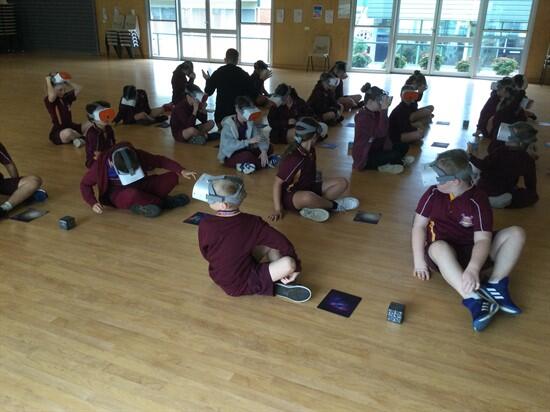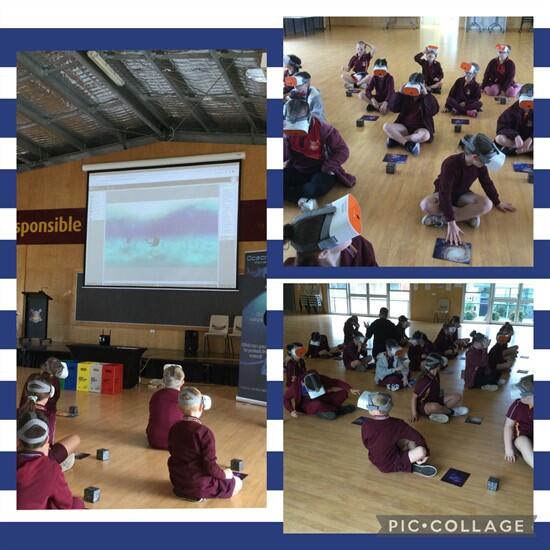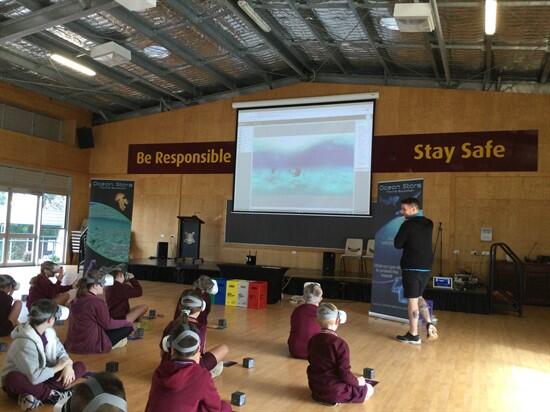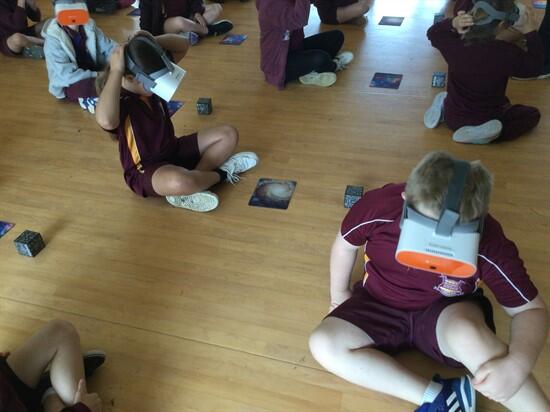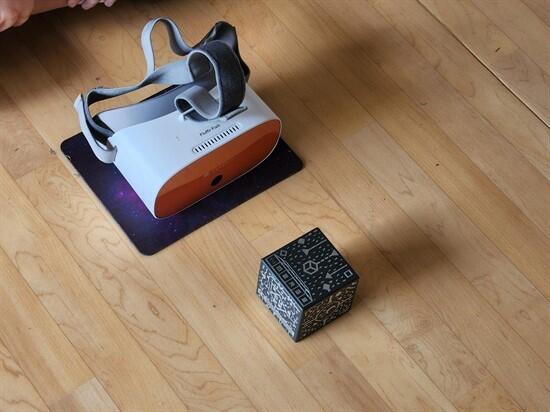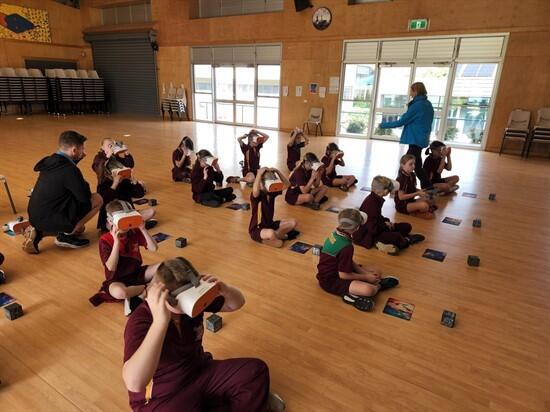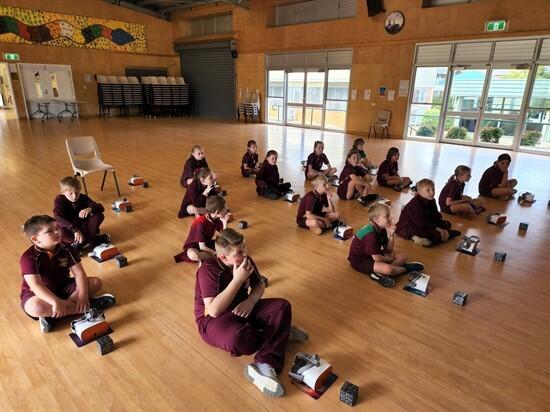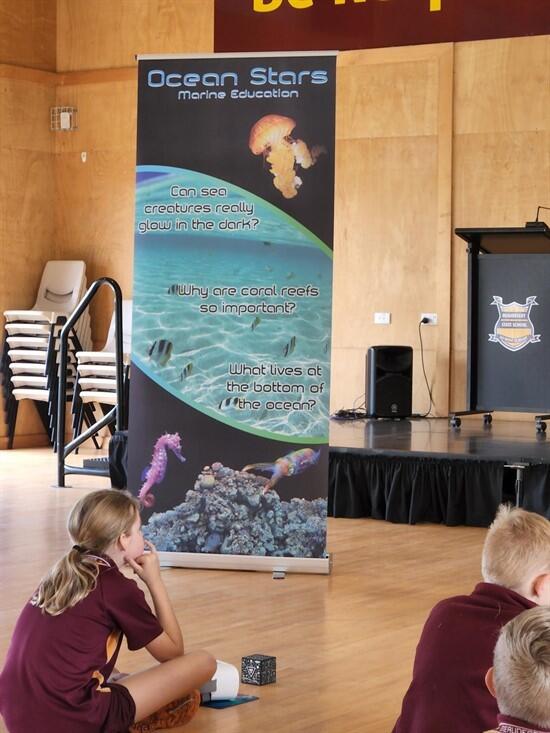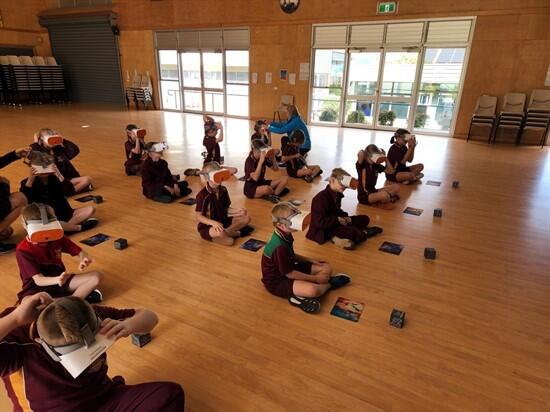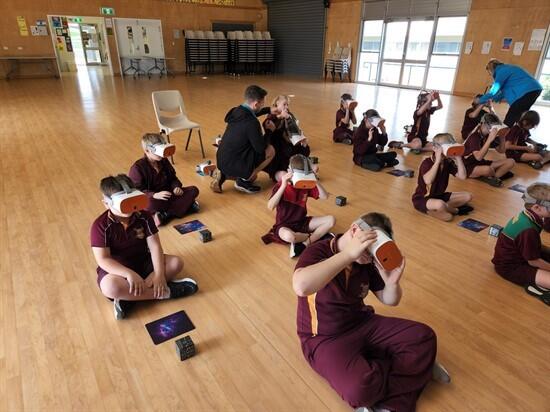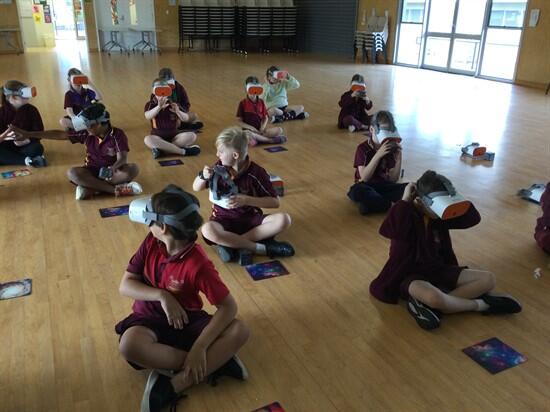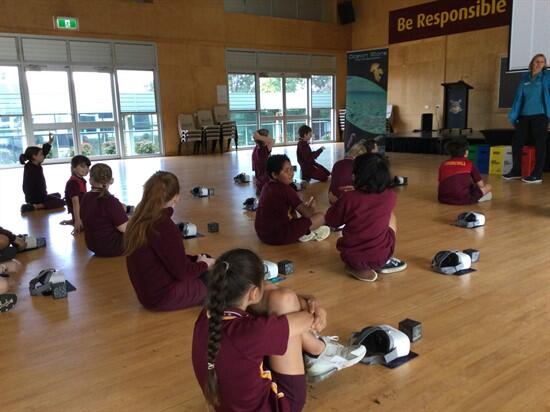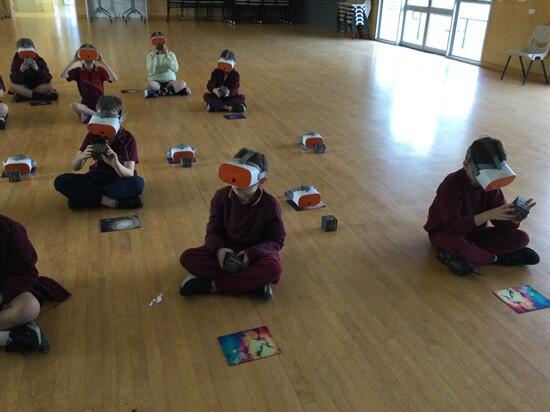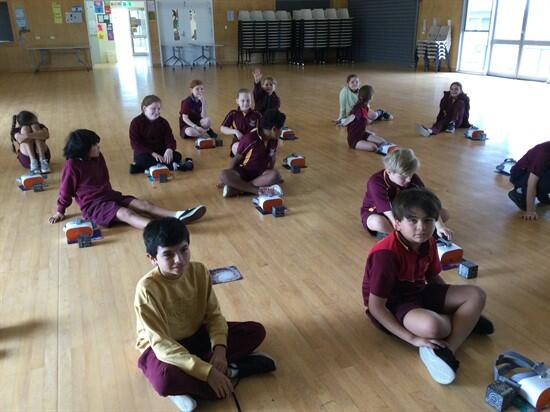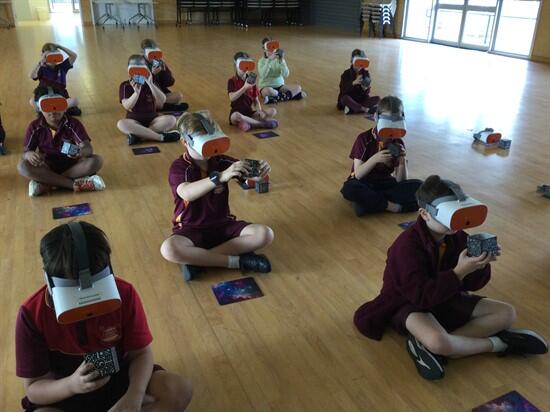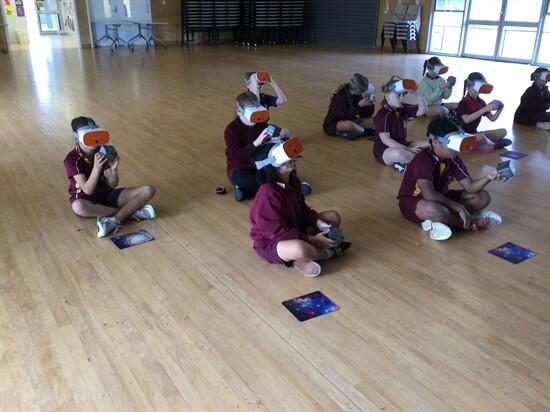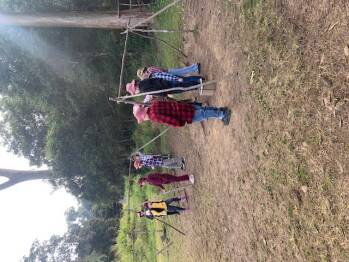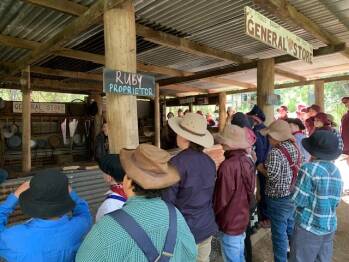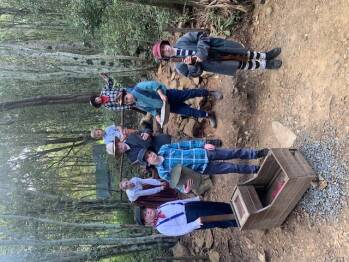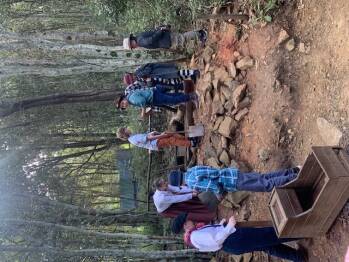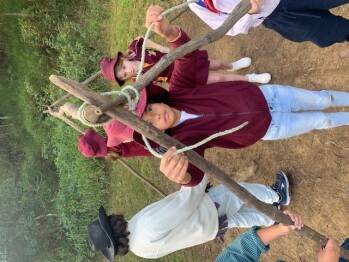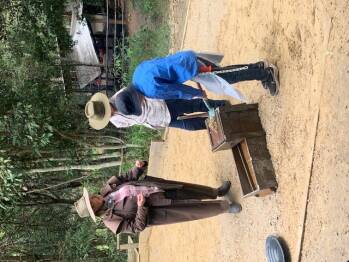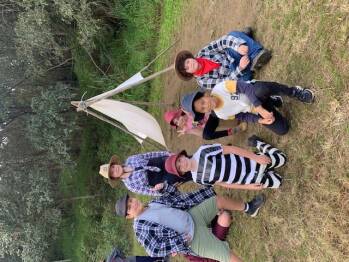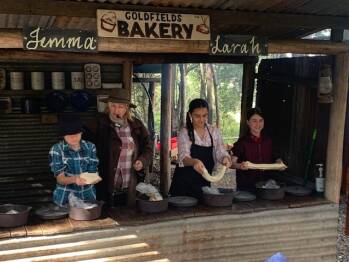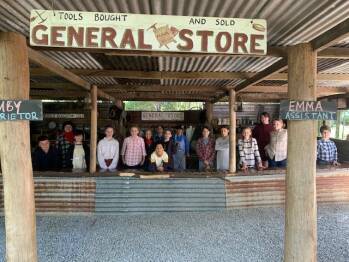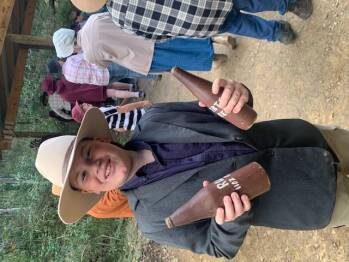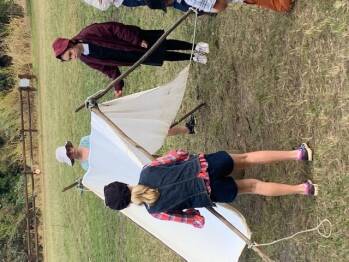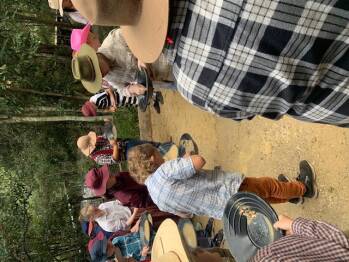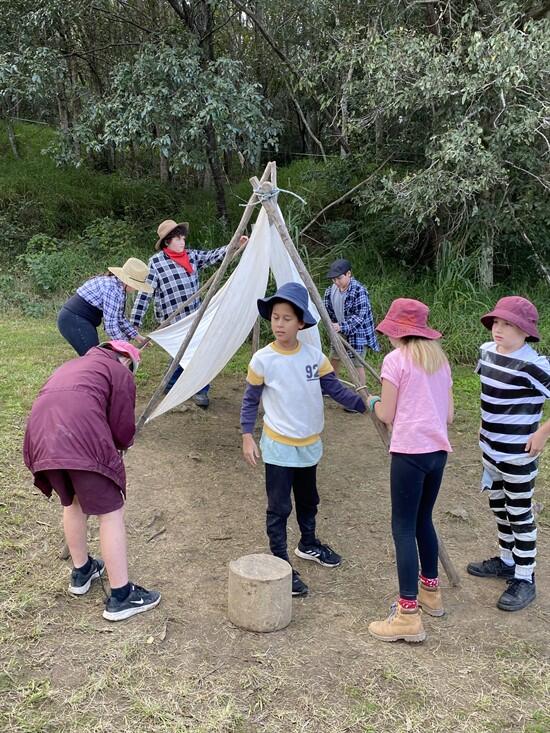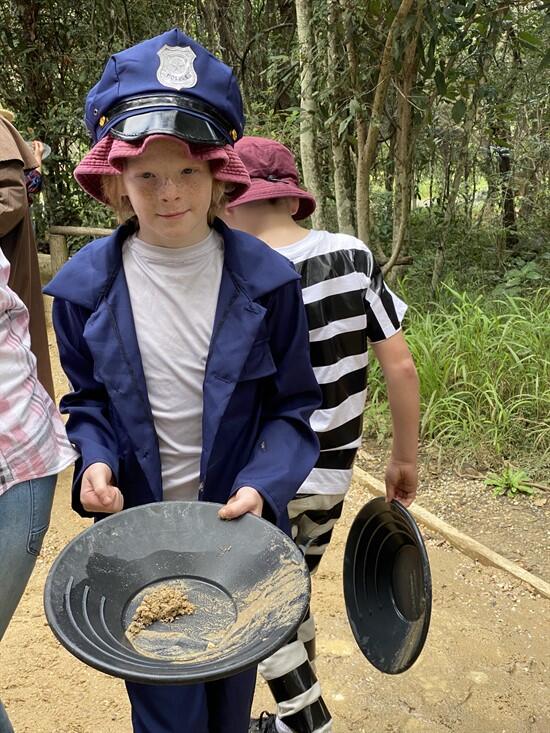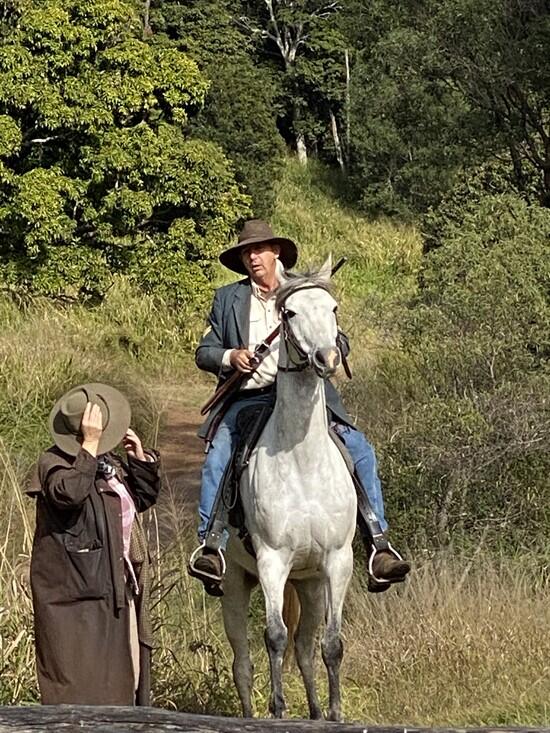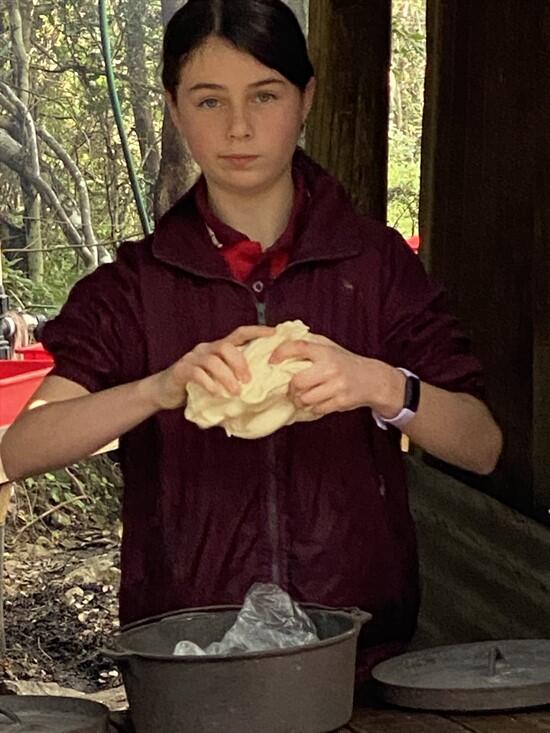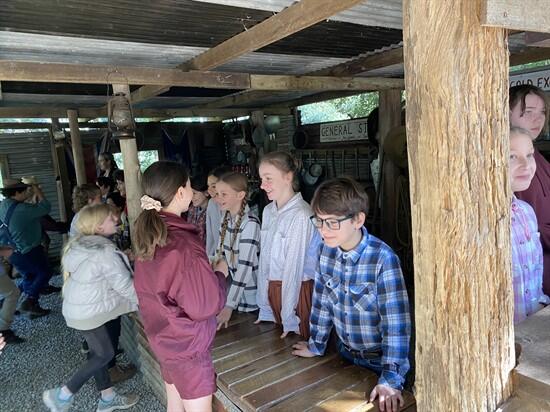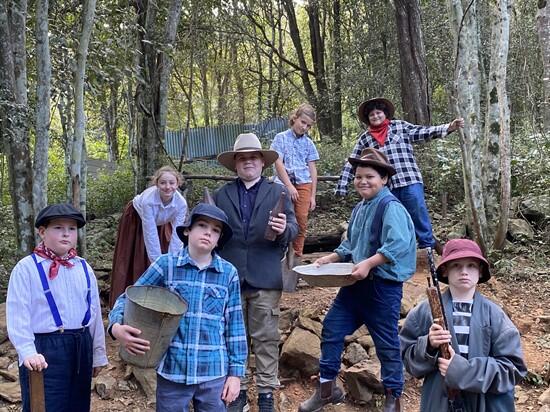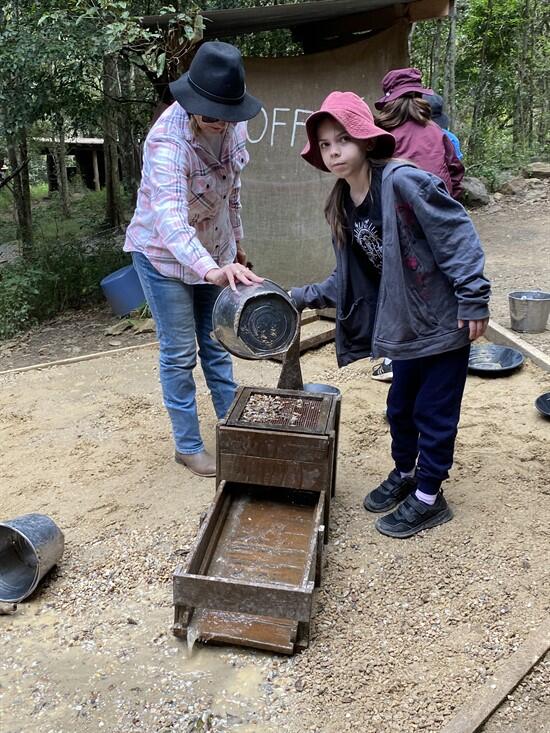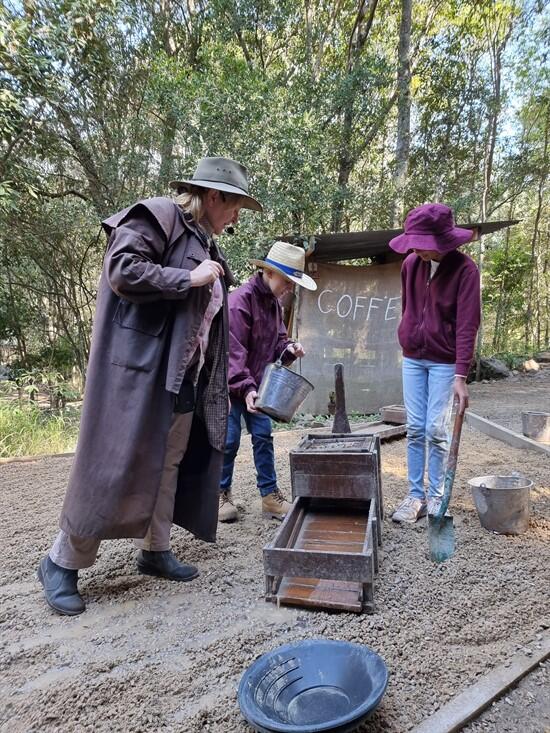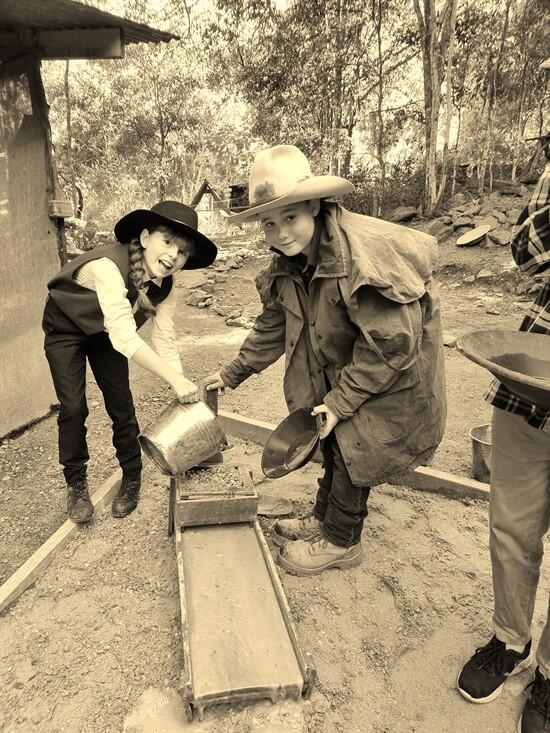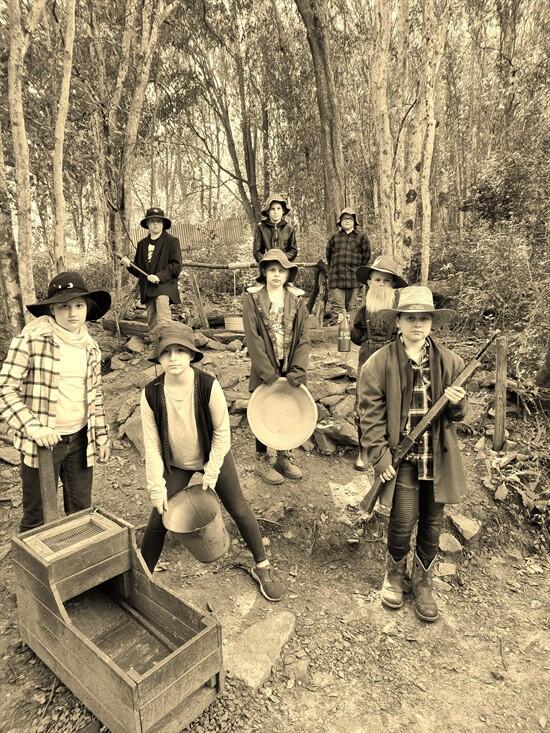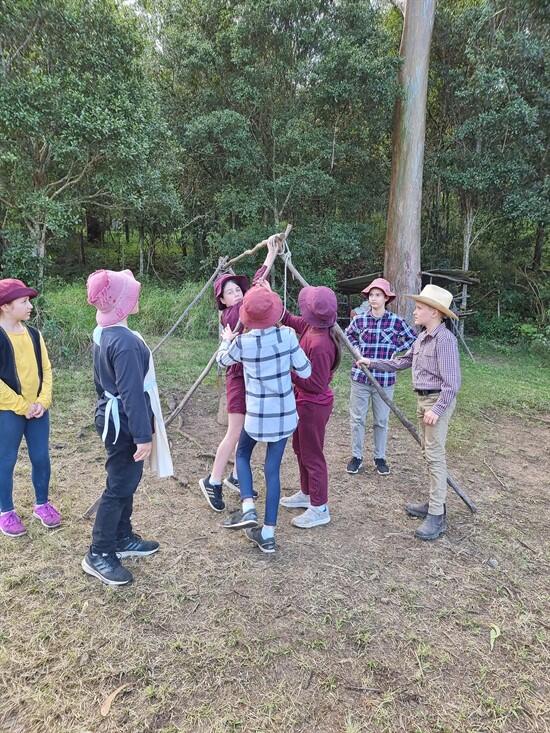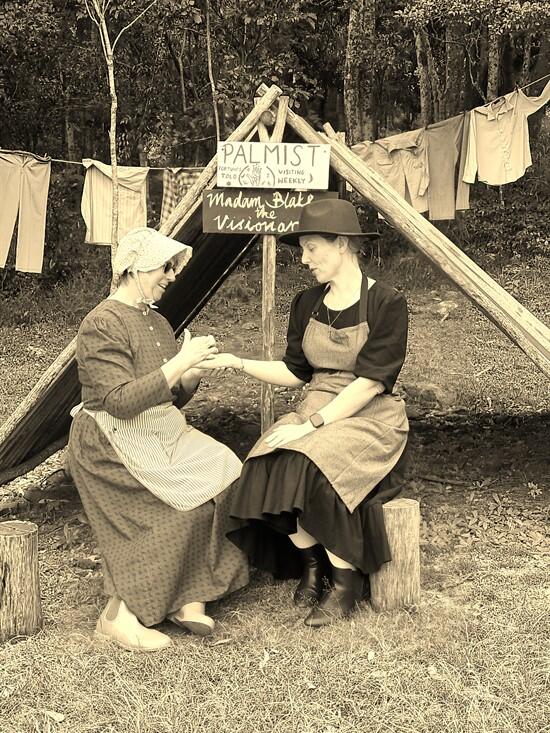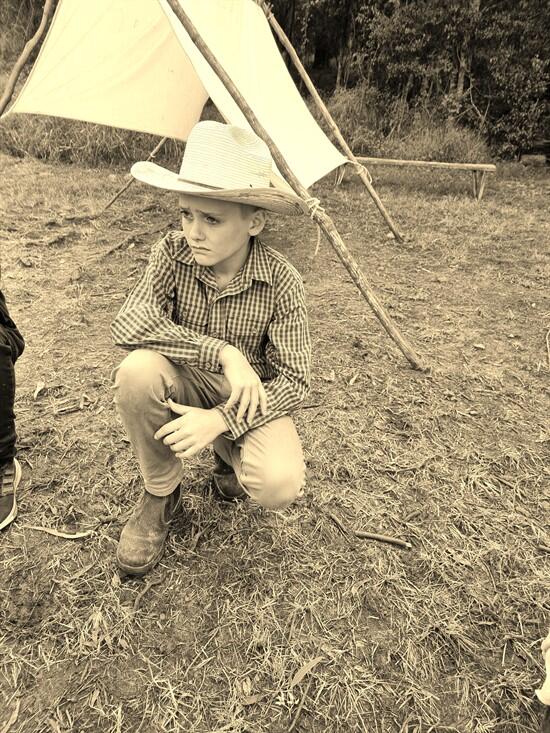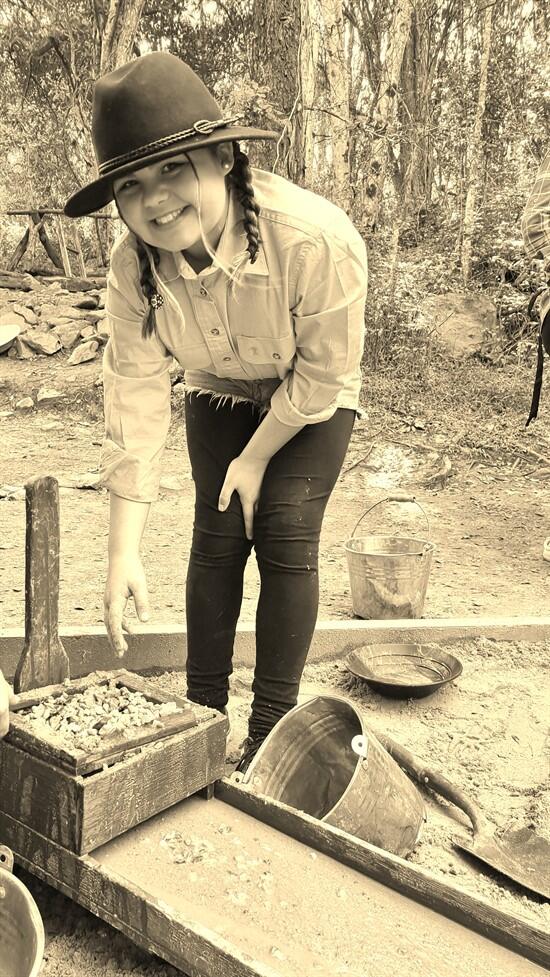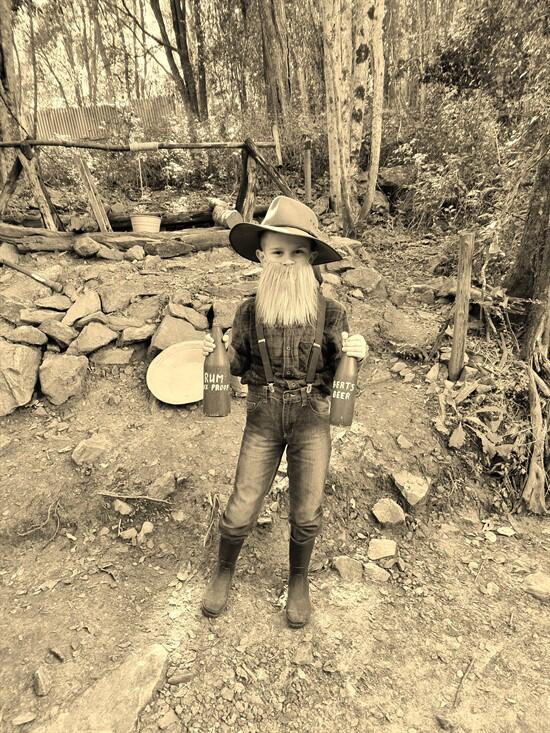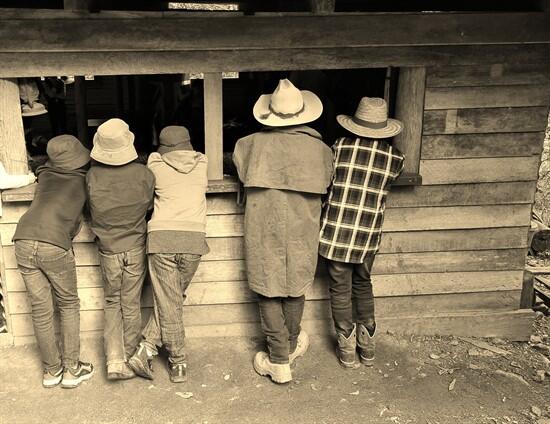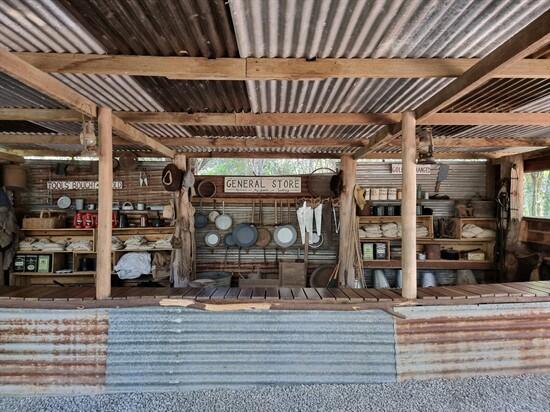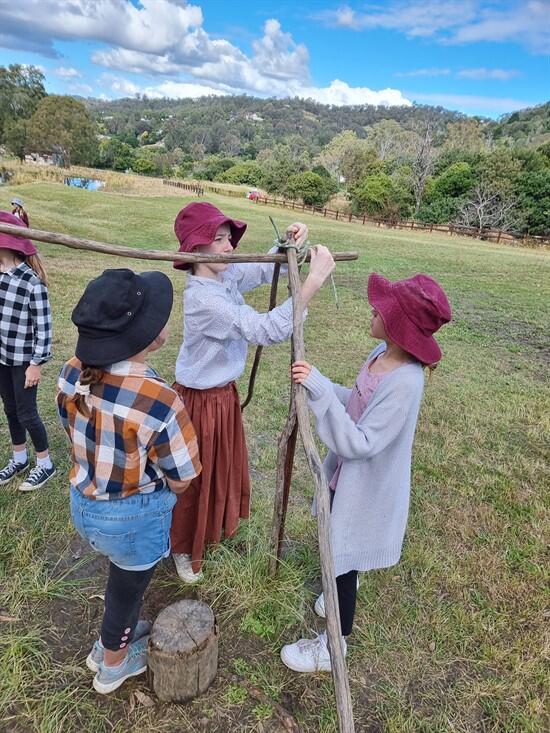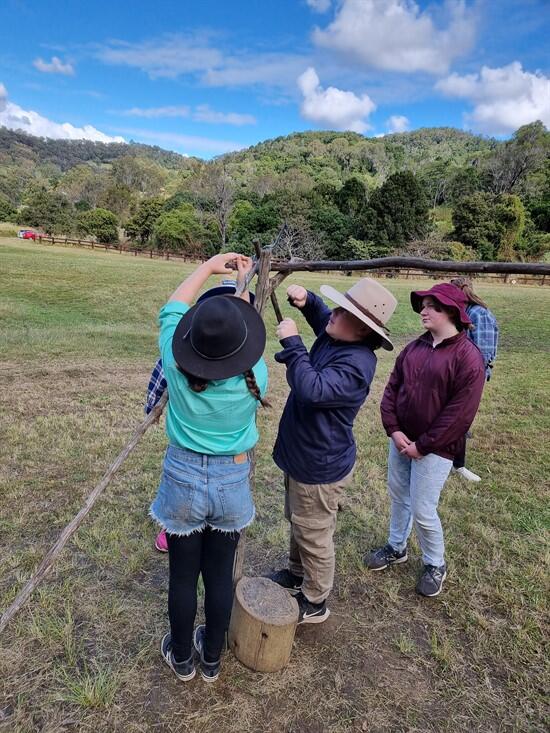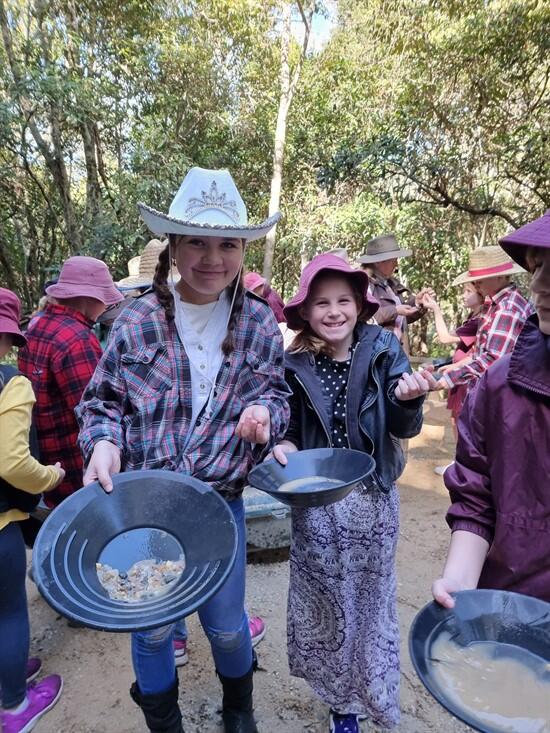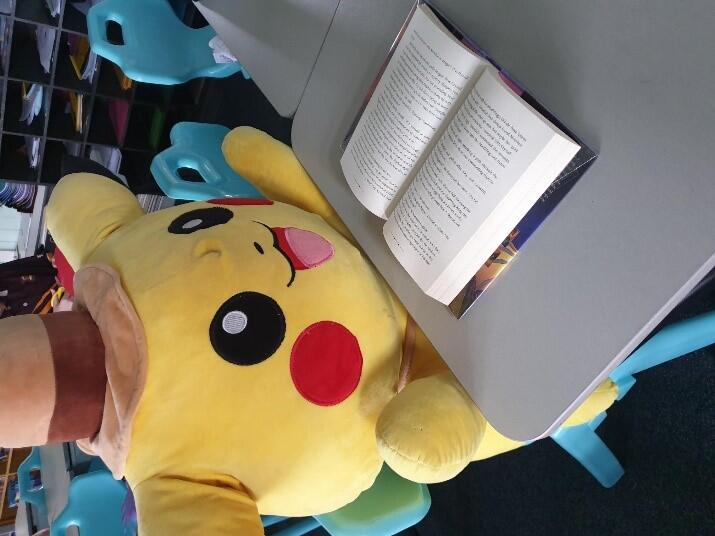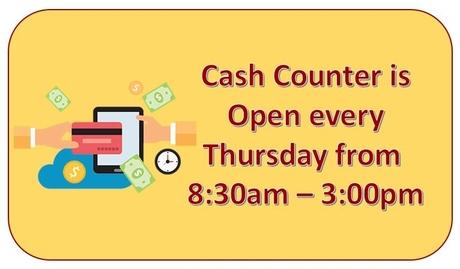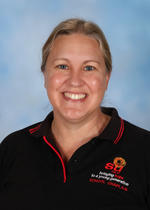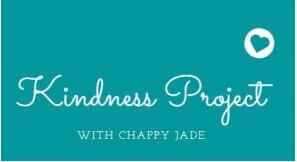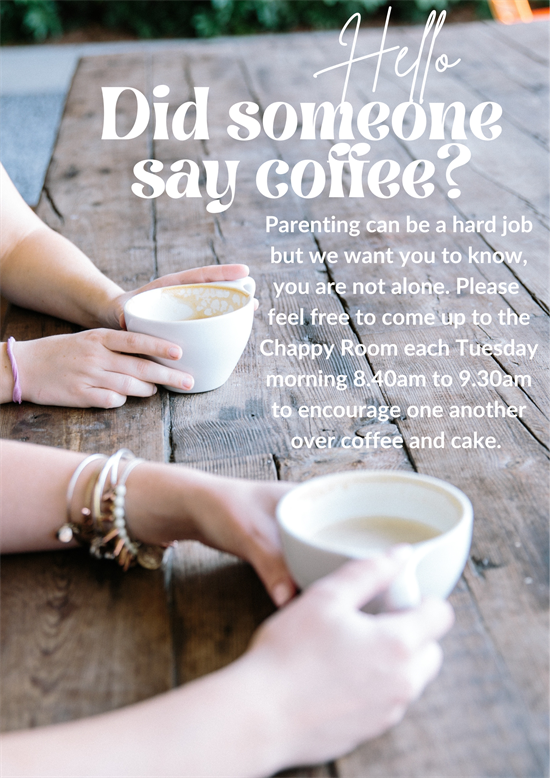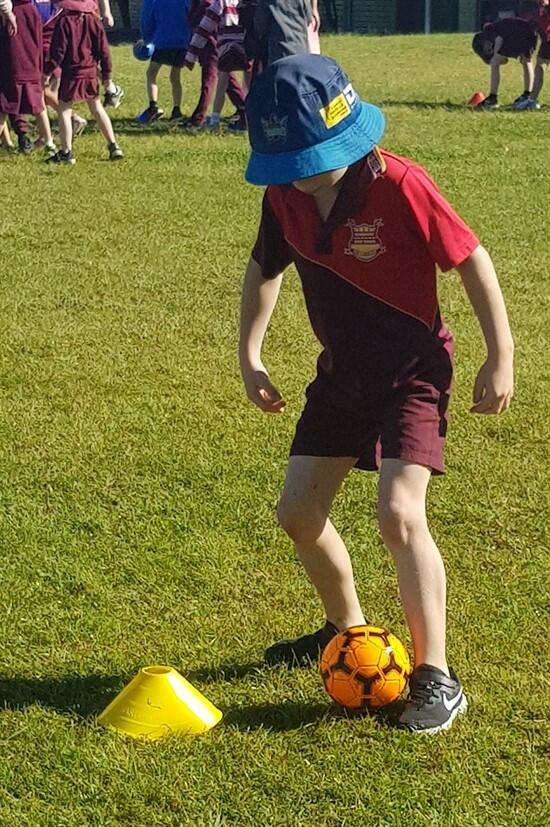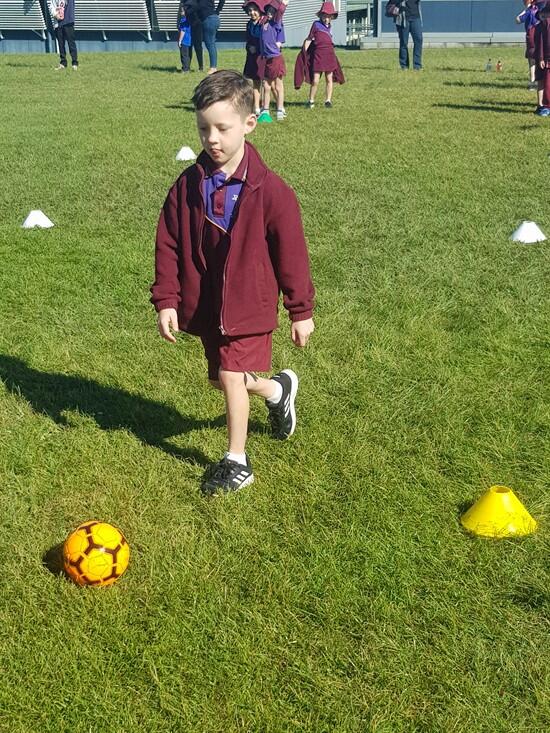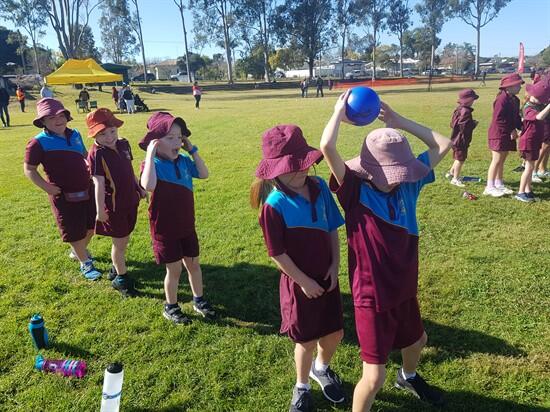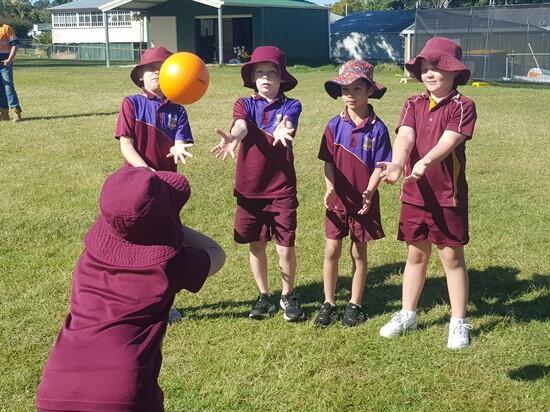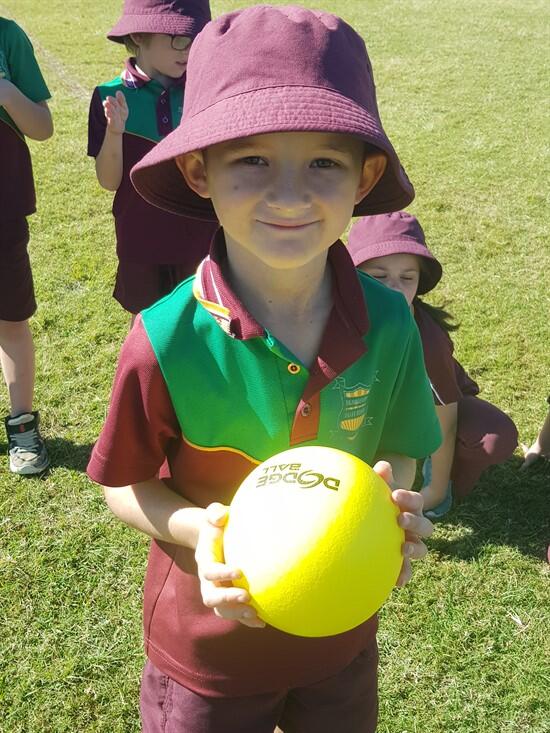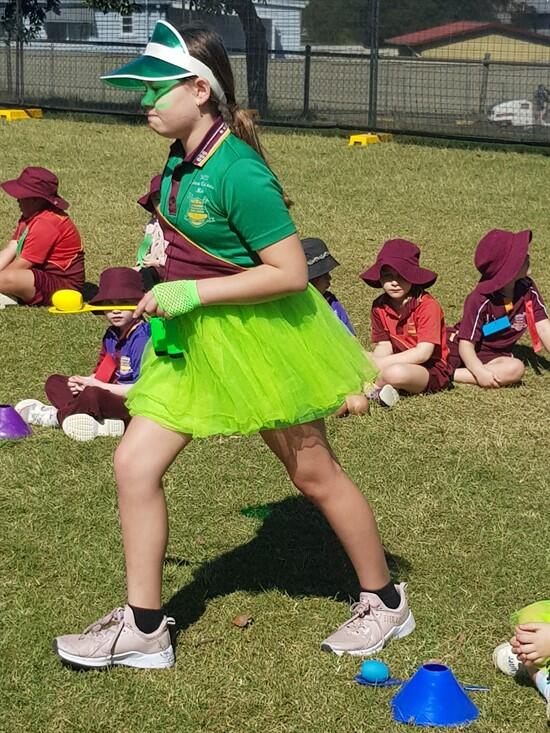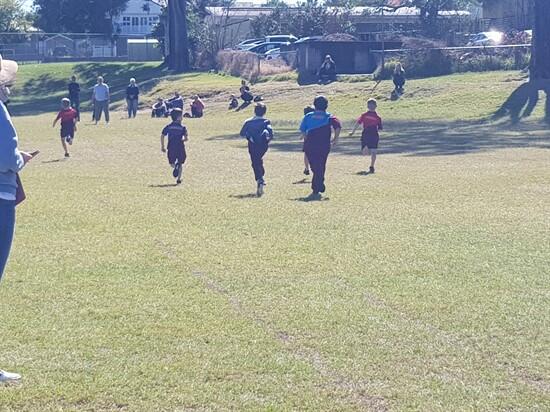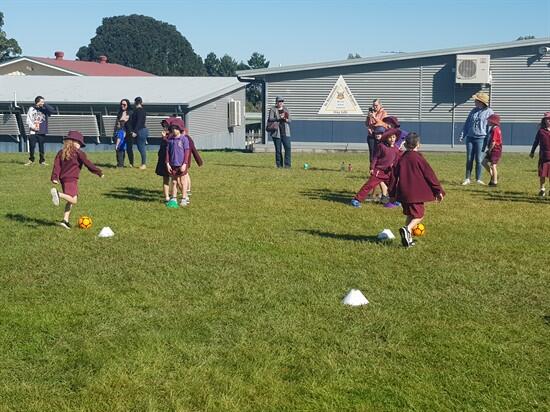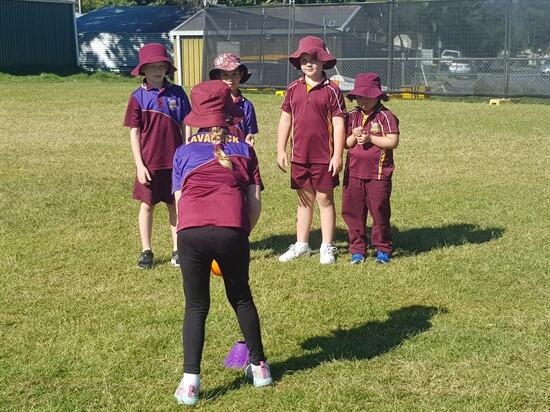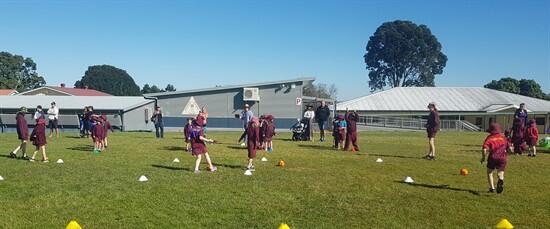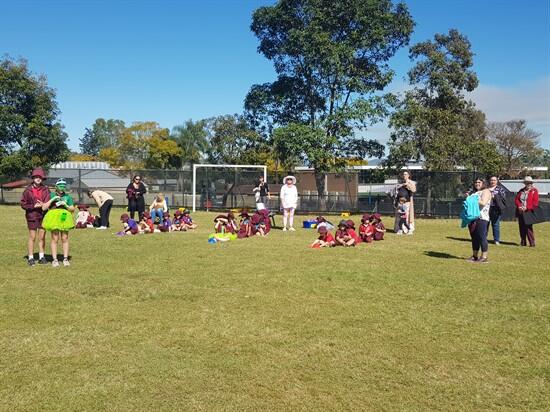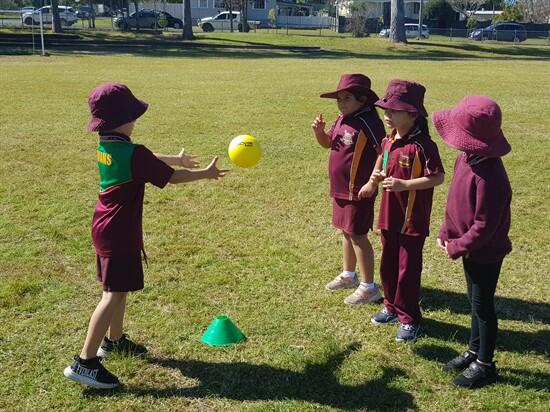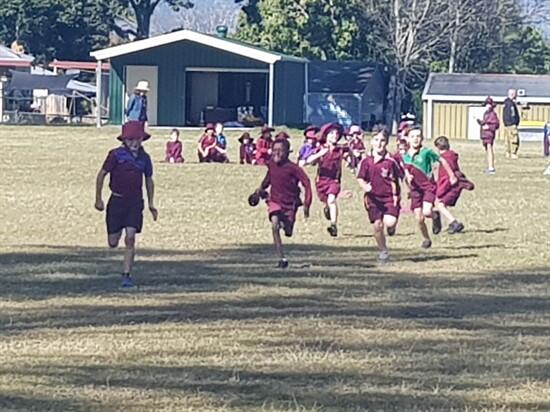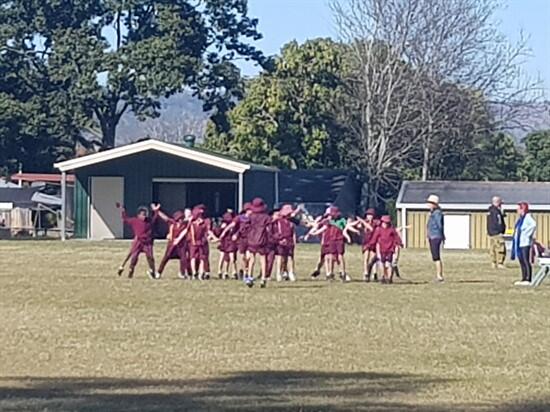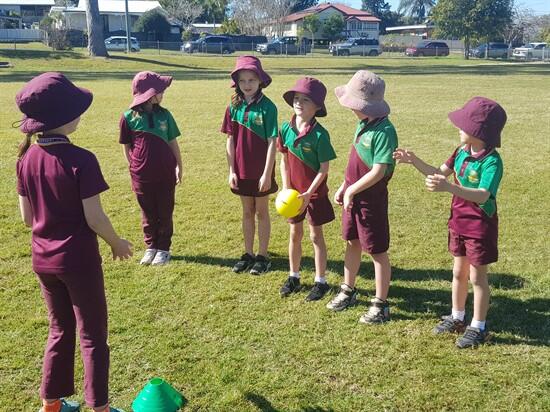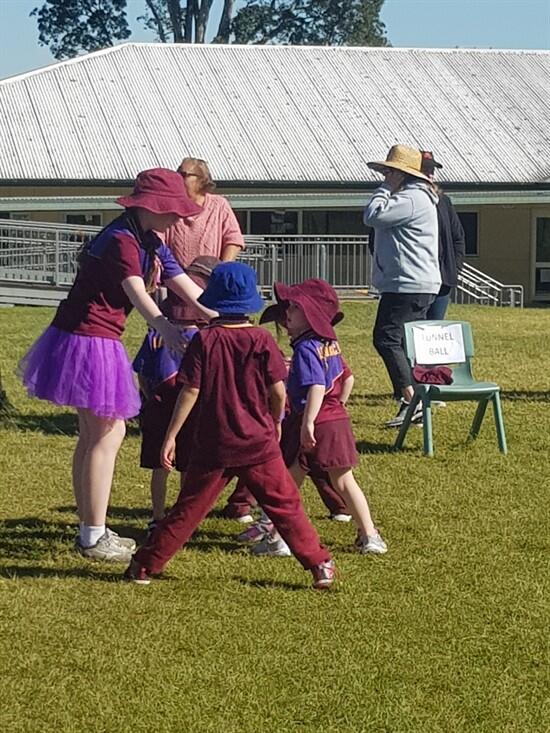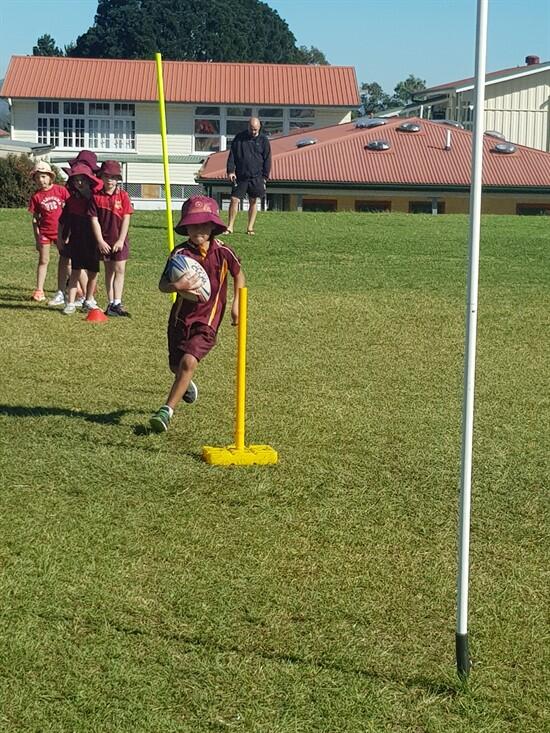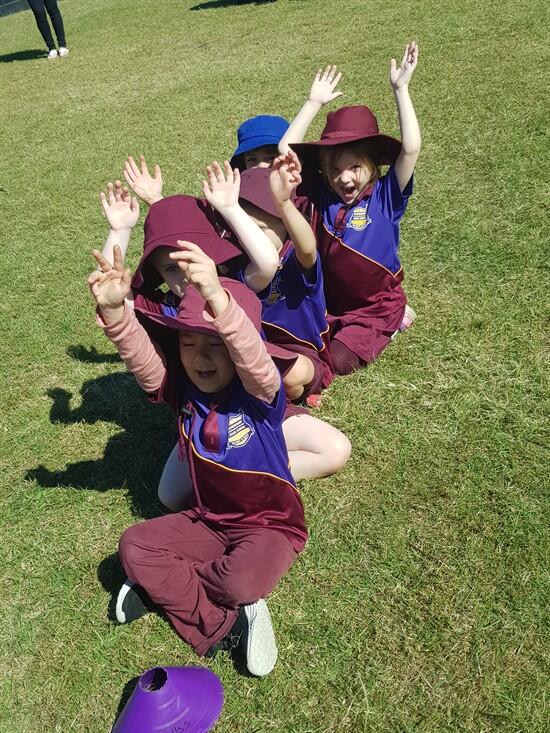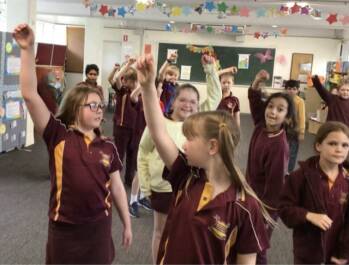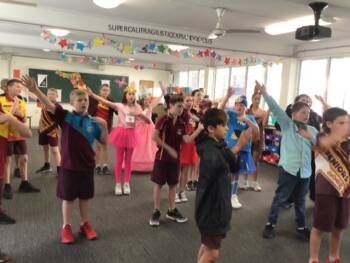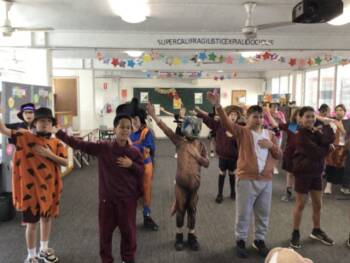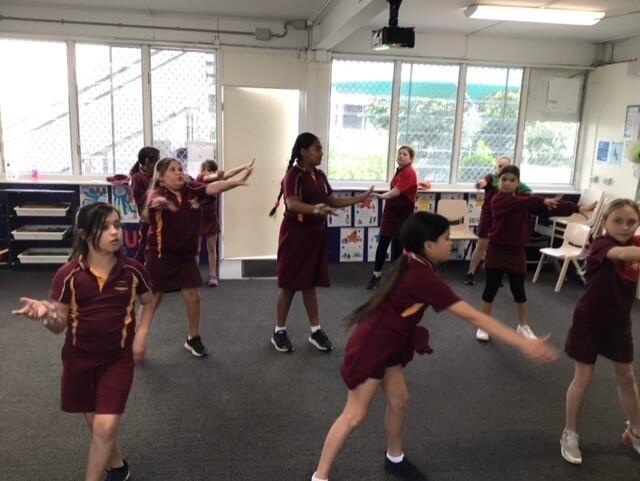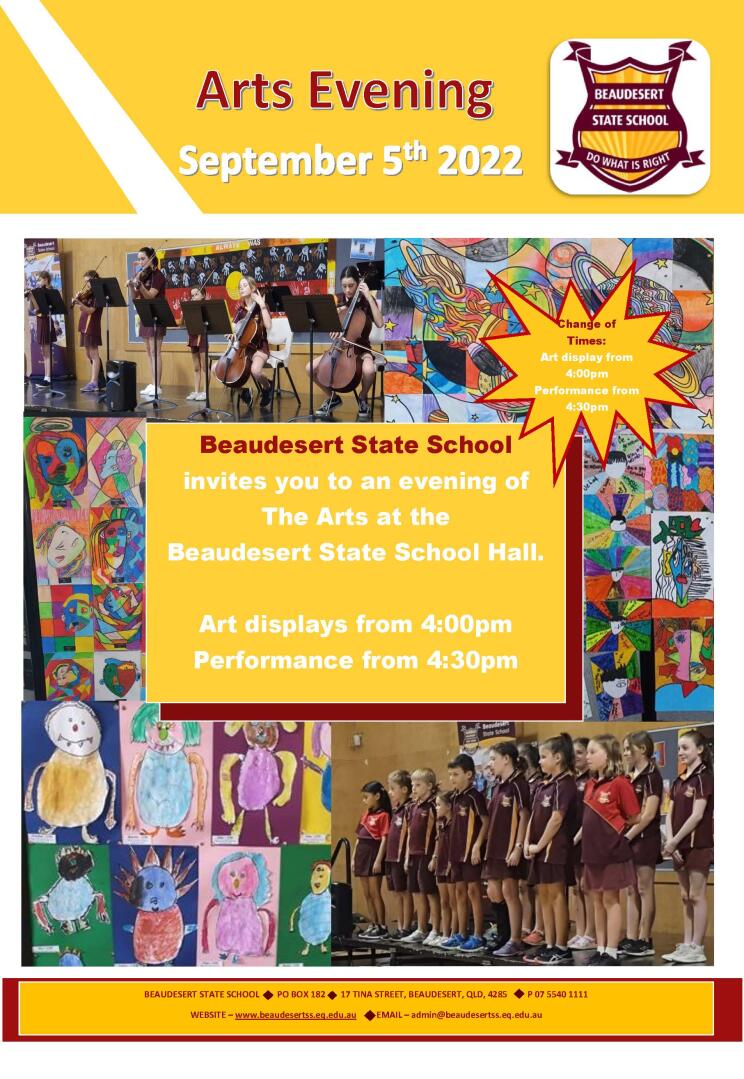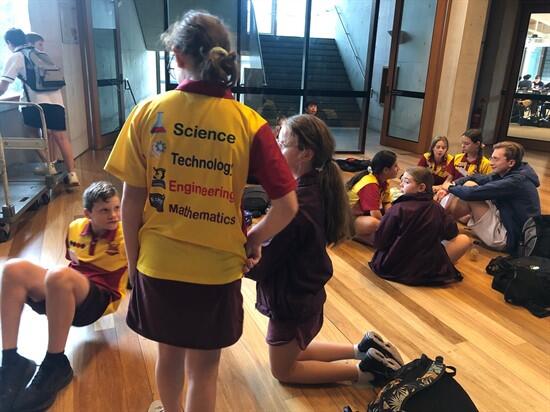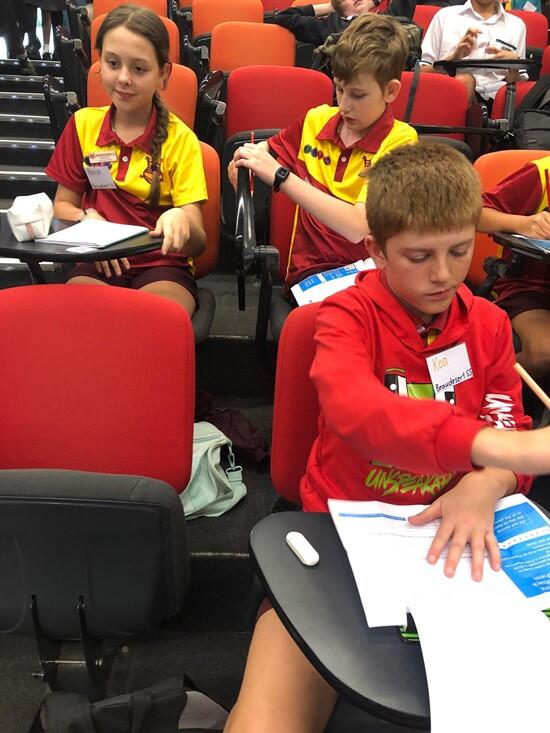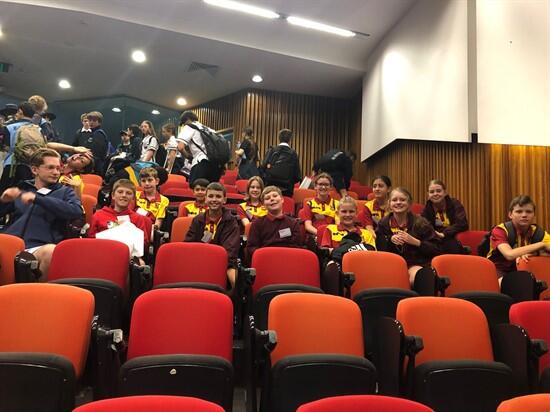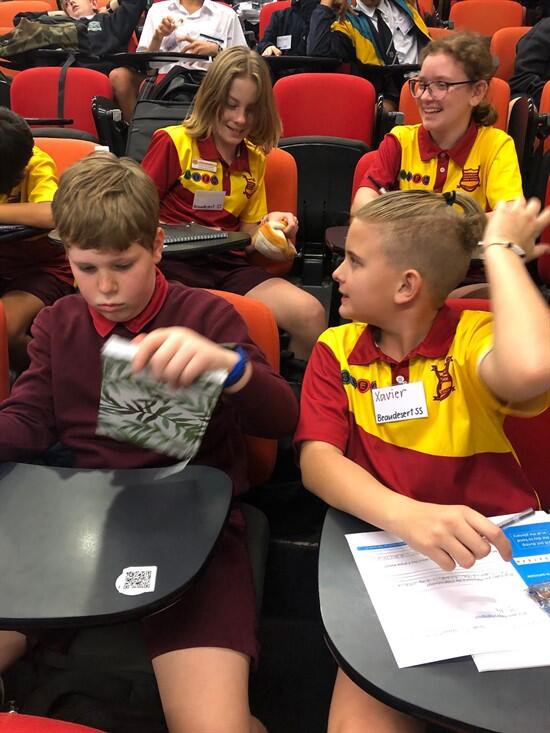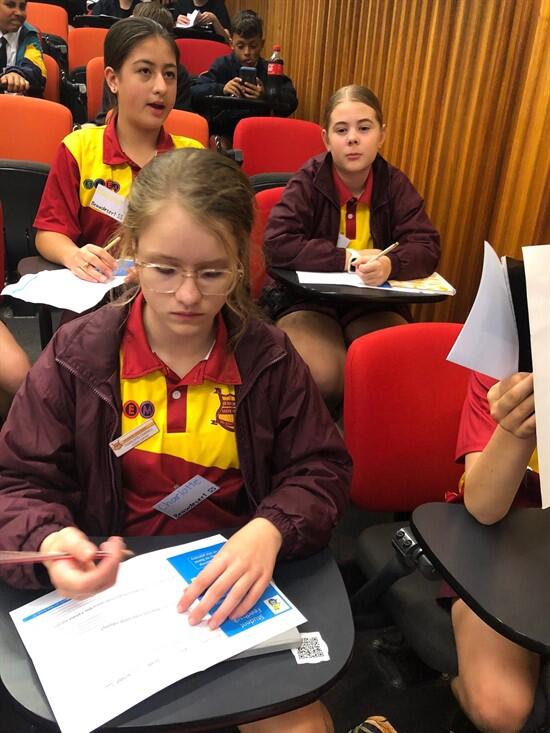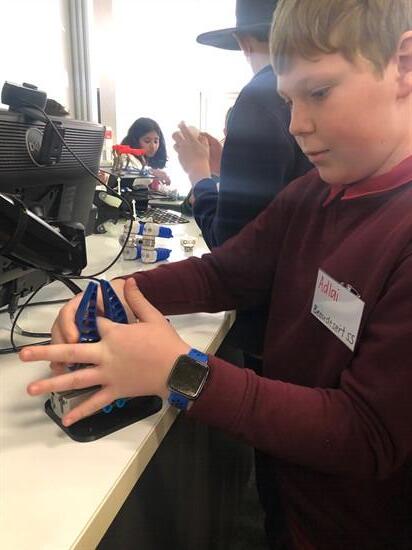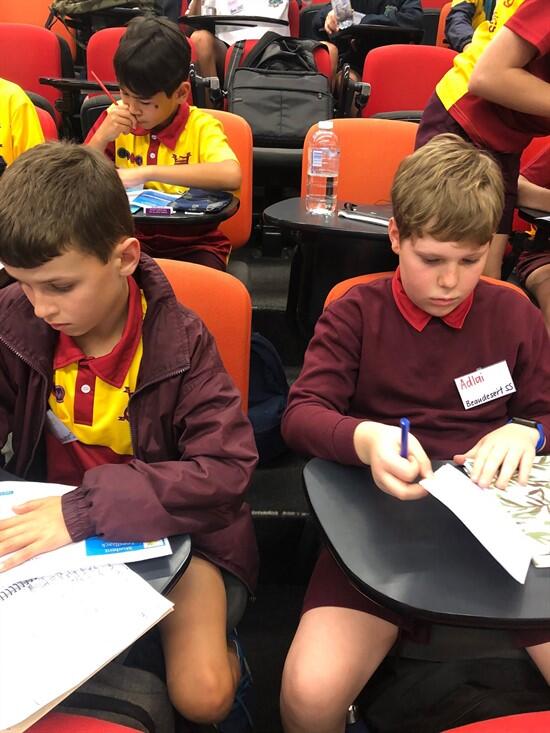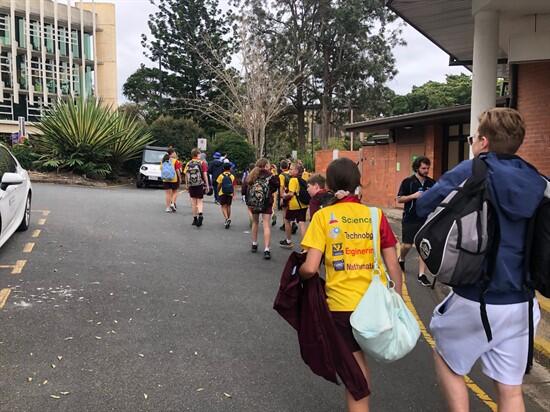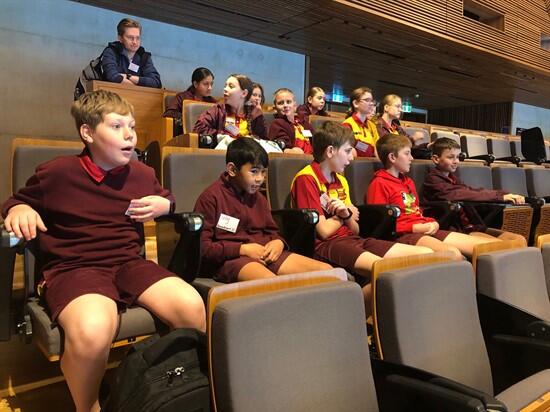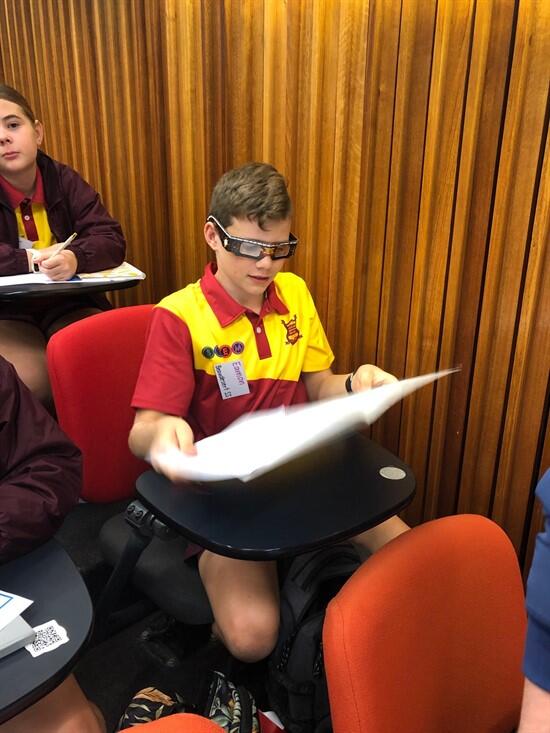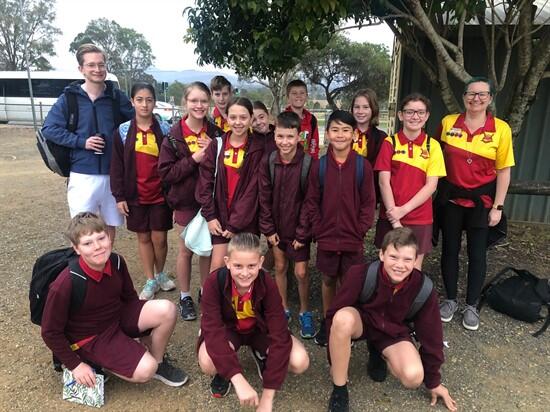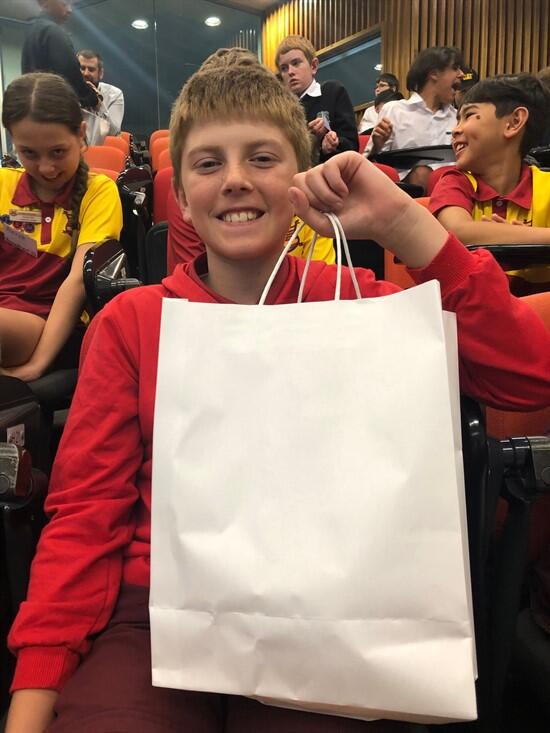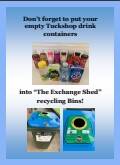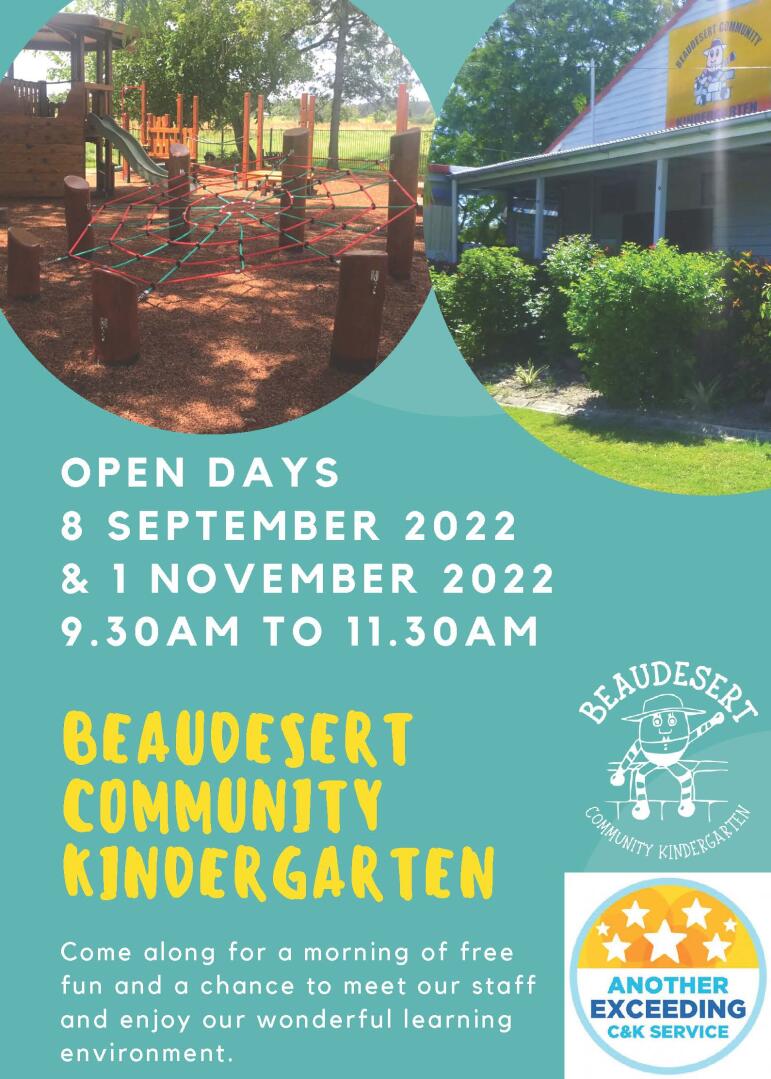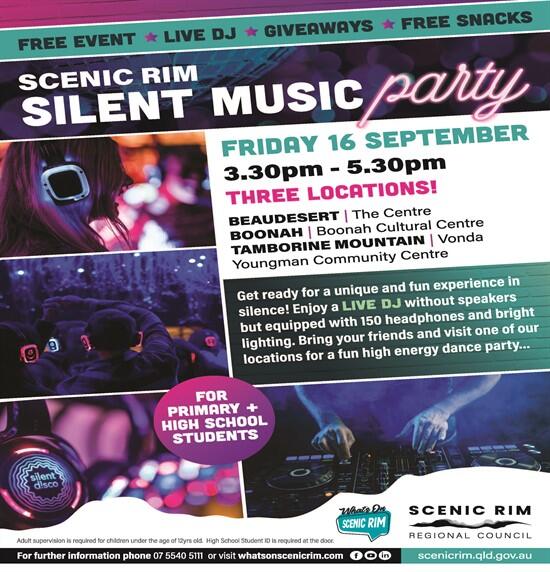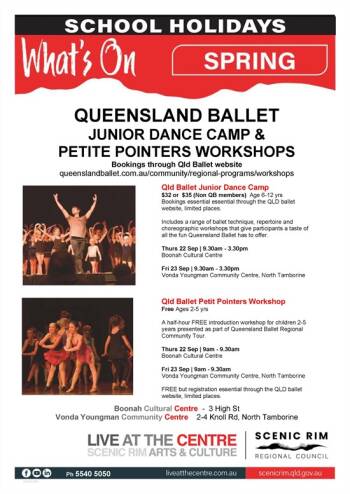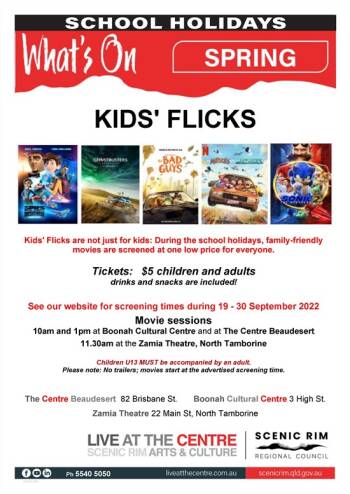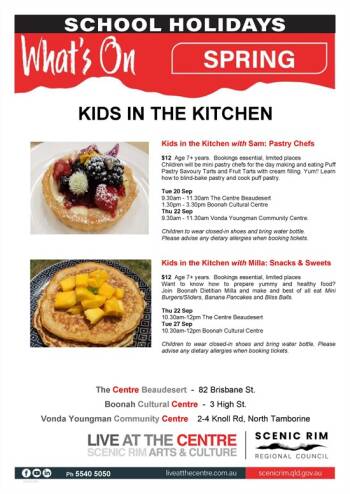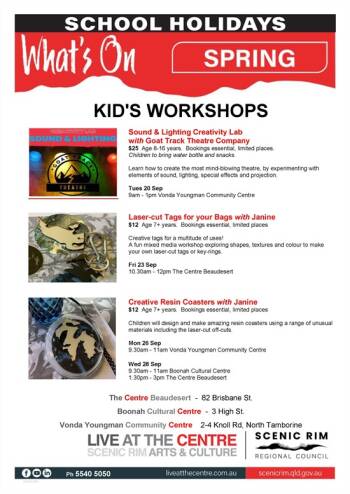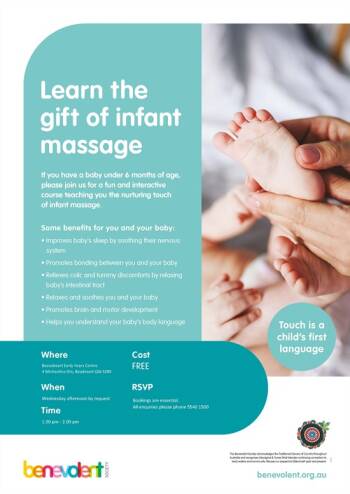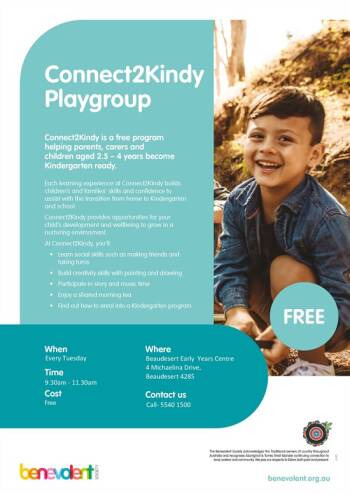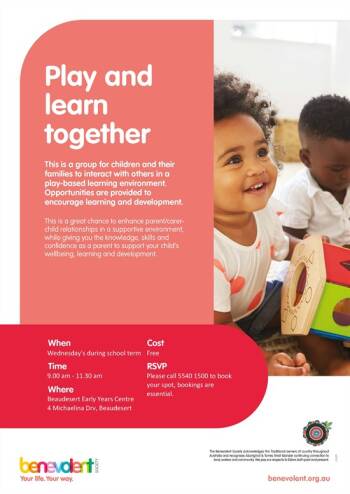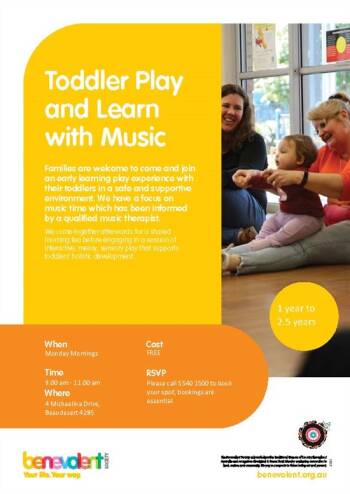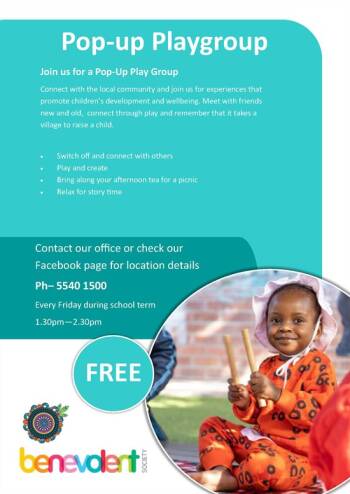Plastics in the air
We had fun learning about microplastics in the air. We learnt that we eat/ breathe billions of micro plastics and 367 tonnes of plastic goes into the environment. Some food and drink we eat have microplastic in it for e.g. some type of fish breathes it in by their gills and digest it. If plastic bottles are left in hot places such as cars, the bottle excretes microplastic dusts into the air.
To help the environment you can swap plastic bottles for metal ones.
This is how long some plastics last in the environment. plastic bag - 20 yrs. coffee cup - 30 yrs. plastic straws - 200 yrs. bottled water bottle - 450 yrs. coffee pod - 500 yrs. nappies - 500 yrs. Most plastic lasts for up to 20 - 500 yrs. We don't know if plastics that go into the environment break down 100% or if they are just smaller.
Street Science
First, we were educated what light is and how it moves, then we moved on to the activities related to light. We made bracelets that react in UV light (changes from white to pink and purple). We learnt that the sun’s rays go straight not wiggly.
We had a great experience at St Lucia, it was such fun we'd love to go there again. - Xavier & Alexia
Immunology
Taylah and I had fun learning about Immunology and Blood Types. In Immunology, we learnt that an immunologist is studying blood cancers, and how he creates organoids to replicate a cancer or normal cell to help defeat cancer. Organoids help study the human body, and other bodies as well. At the moment he is working on Graft Vs Host disease and create more cures for it. Graft Vs Host disease is when the donor cells (graft cells) attack cancer person's (host's) cells. There are different ways to administer cells. There is Autologos- Cells from your own body put back in, and Allogenic- Cells from another body put in your body.
Blood Types
Taylah and I also had fun learning about Blood Types. There are many different blood types including A, B, and O as well as the rarest of them all, with only three people having it, Henshore. Biologists have tried to make artificial blood but have failed many times. There is one person who has unfortunately now died, James Harrison, who saved 2 000 000 babies' lives.
Also, just because you are a scientist, doesn't mean you are wearing a lab coat. As well as all scientists will use the acronym, "Cows Moo Softly".
Taylah and I had an inspirational time at St Lucia, and hope we go there again. - Eamon and Taylah
STEM Convention 2022 - Adlai (Kelly & Sebastian F.)
Friday’s STEM Convention was amazing. We got to learn a lot of new things, feel things and look at things close up. It taught us to cooperate, problem solve and work around problems. In Kelly, Sebastian F and my group, we learnt about soft robots and cell signalling. In soft robots, we learnt about what grips are good for picking up fragile things and not bruising or breaking them. In cell signalling, we learnt about how cells are always moving around our blood stream, organs and eating, fighting or defending and calling for help to defend viruses.
S T E M C O N V E N T I O N ! - Emma and Mahalia
When we arrived at UQ, we first had a presentation on Super worms. We then split up into our groups and we were assigned a colour, ours was yellow. The first activity we experienced was Street Science, where we learnt about the way light travels and how it reflects and refracts on different surfaces/materials. We did this by using torches, mirrors and opaque blocks. We also learnt about different types of lights, such as ultra violet and infrared lights.
After Street Science, we split up and went back into our school groups and had morning tea. When we finished morning tea we then went to our next activity which was learning about microplastics in the air. We learned what microplastics are, how they occur and how many we may be consuming in our day to day lives. We learned that microplastics are in your food, clothes and many other things you use every day of your life. After our second activity, we headed to the auditorium where we ended our excursion with some prizes for every school. We had a very educational experience at St Lucia and we learned a lot of interesting facts, we hope we get to have another incredible experience like this.
STEM convention - Hayden and Koa 😊
Koa and Hayden's stem convention last Friday was a day to remember. The primary difference between normal STEM and the STEM convention is that we learnt easier ways to problem solve, steps to figure out the problem and facts that we can use to help solve a problem. Having these skills, we can help figure out problems and help in daily society. It also told us how to cooperate better and be more effective in a team. Koa and Hayden said “It was such a fun experience and we will die to go back next year”. The day started, with them learning about wearable devices (harvesting energy for the environment). We learnt that energy harvesting works, for example, Kinetic energy converts to electrical energy by using the piezoelectric transducer. When vibration is added to kinetic energy which creates voltage. Oxygen atoms and Cillian atoms cause a dipole in the process causing the centre charge when weight is added net compressment. Types of energy we are harvesting are solar, thermal and radio waves. The second thing Hayden and Koa learnt was plastic brain. Now you probably thinking what is a plastic brain? Well it means that your brain changes. The word that the lady wanted us to remember was neuroplasticity which means change in your brains structure and function. We learnt parts of the brain and how it works. For example, neurogenesis makes neurons in certain regions of the brain. Your brain can make new pathways through connections in life like:
1. Learn musical instruments
2. Learn a language
3. Exercise
4. Make art/music
5. Travel
We all had a wonderful time and want to inspire younger STEM people to give it a go.
Our STEM Experience - Amber & Charlotte
Topic 1. Plastic Brains
Plastic brains? Why is called this? Neuroplasticity. The ability of the Brain to reorganize itself, both in structure and how it functions. Neuroplasticity is very interesting, because it tells you different types of connections between the cells, and what changes can occur in the different parts of the body. We learnt about how the brain changes and they are: neurogenesis; new synapses; strengthened synapses and weakened synapses. The left side of the brain controls the right side of your body and the right side of your brain controls the left side of your body. The articulous goes on a pathway to your brain, sending information to that part of the brain for muscle memory. I like how there is a bright and dark side of the neuroplasticity. The bad thing about neuroplasticity is that the brain doesn’t know the difference between the good and the bad. The bad thing about neuroplasticity is that it takes part in depressive, anxious, stress, obsessive and over-reactive patterns.
I think my experience at St. Lucia was amazing.
Topic 2. Wearable devices
First, we headed into the auditorium to learn about wearable devices. We soon went into ideas about on and off charges, for replacing batteries. Batteries are expensive, especially when the cost adds up over time. They start to leak, and they get replaced after a short period of time. We then headed to a slide of a conductor, and compares the 2. We then headed to kinetic energy to electrical and how could this be used to help track fitness. Near the end, we had a volunteer to try on an electrical watch. He had it strapped around his ankle, and started doing some warmups and star jumps. The presenter showed us an app to show data of the warmups the volunteer did.
